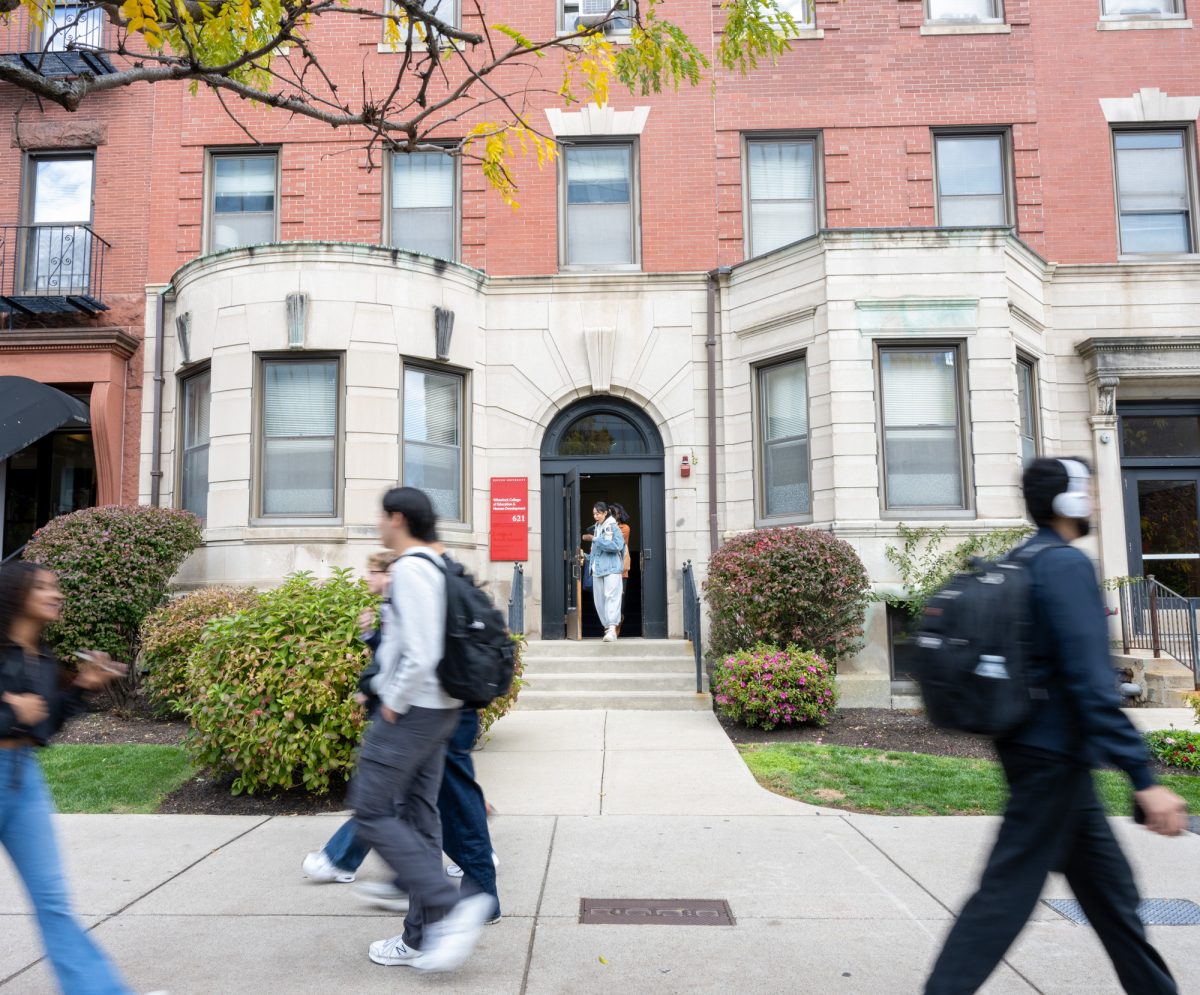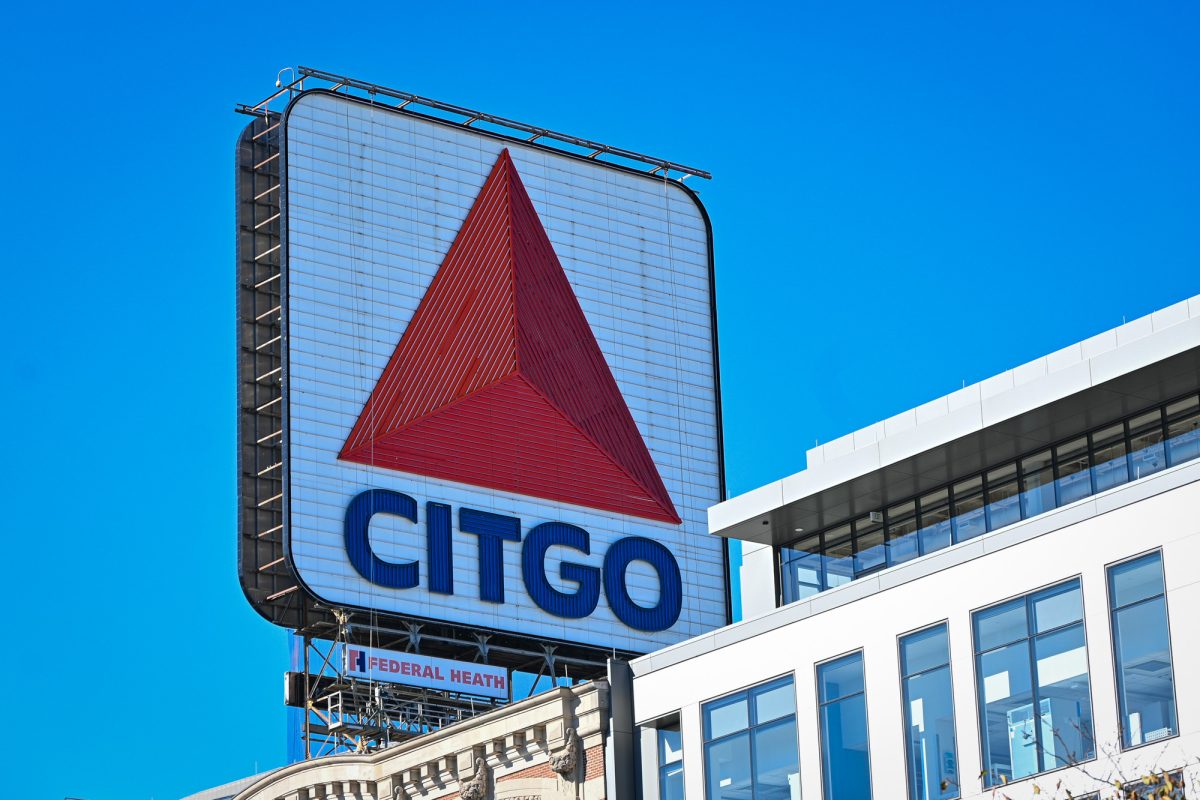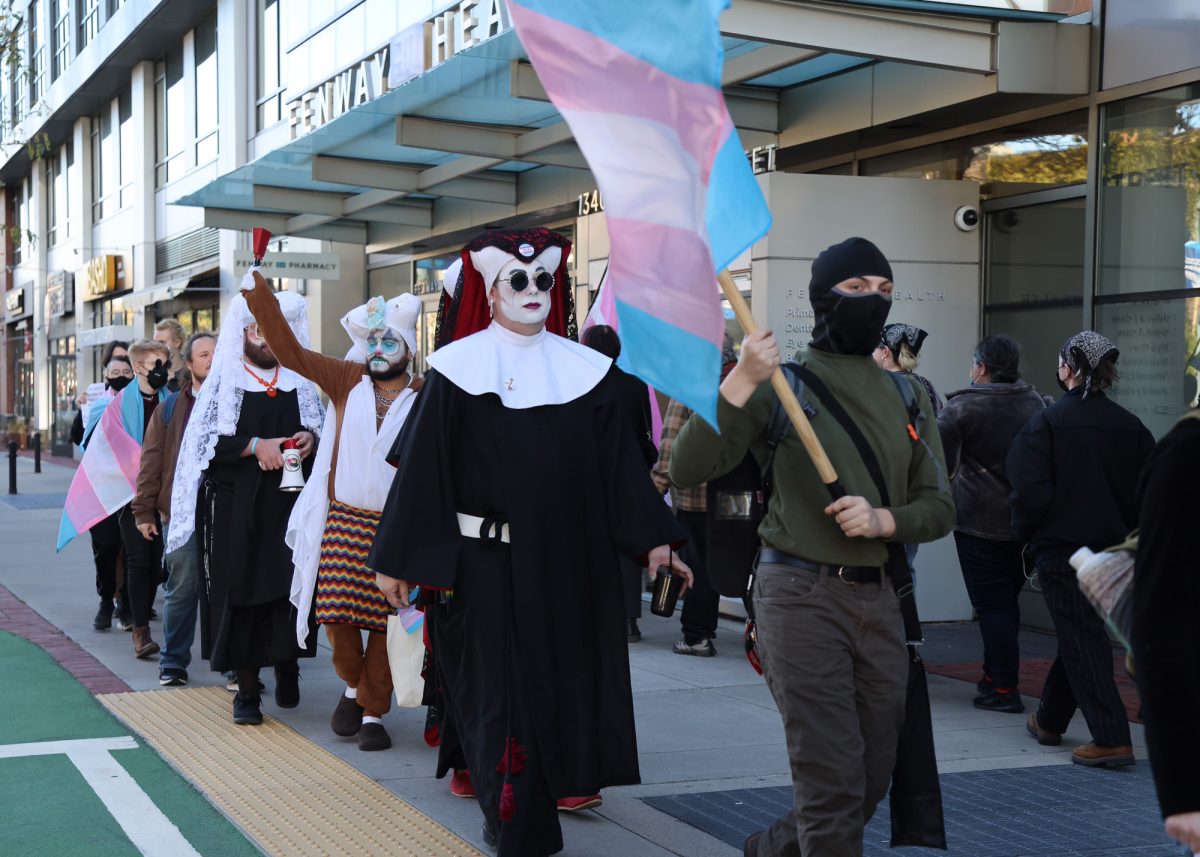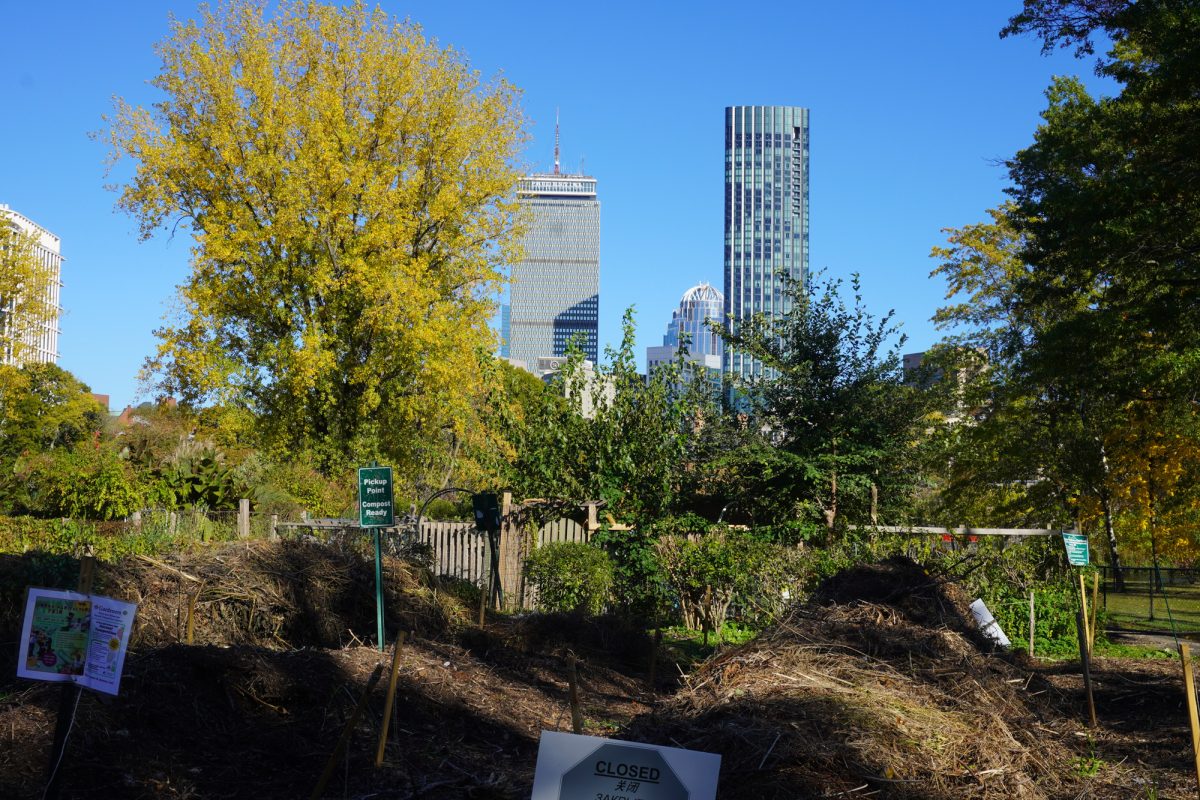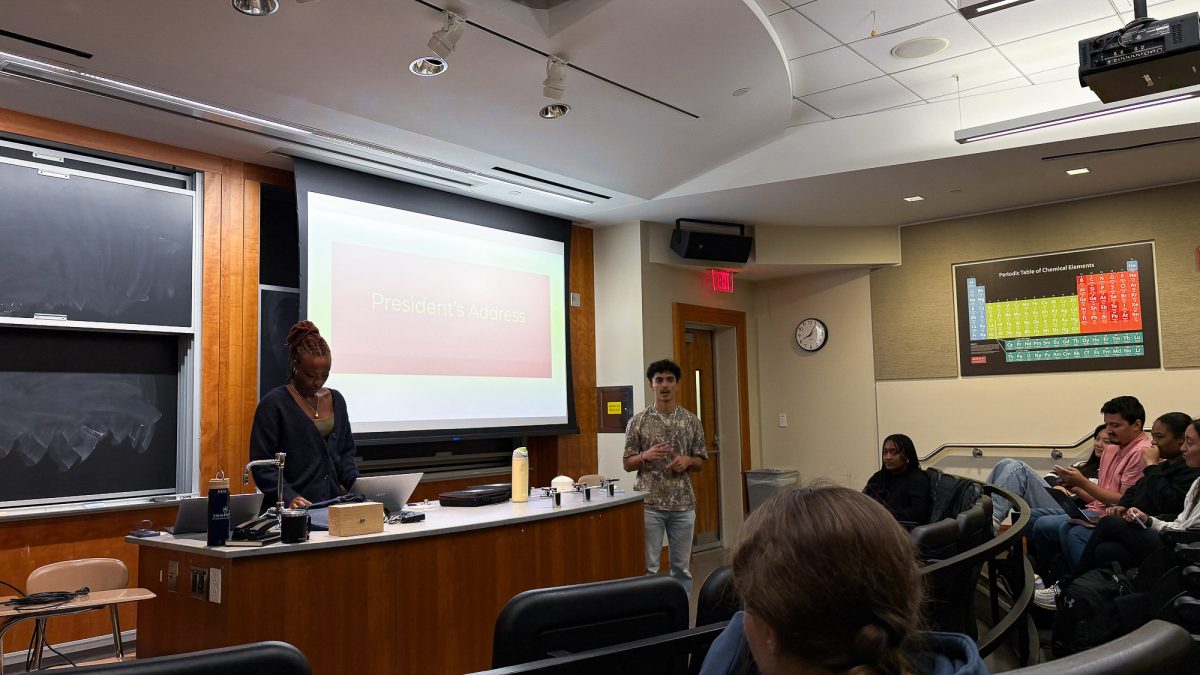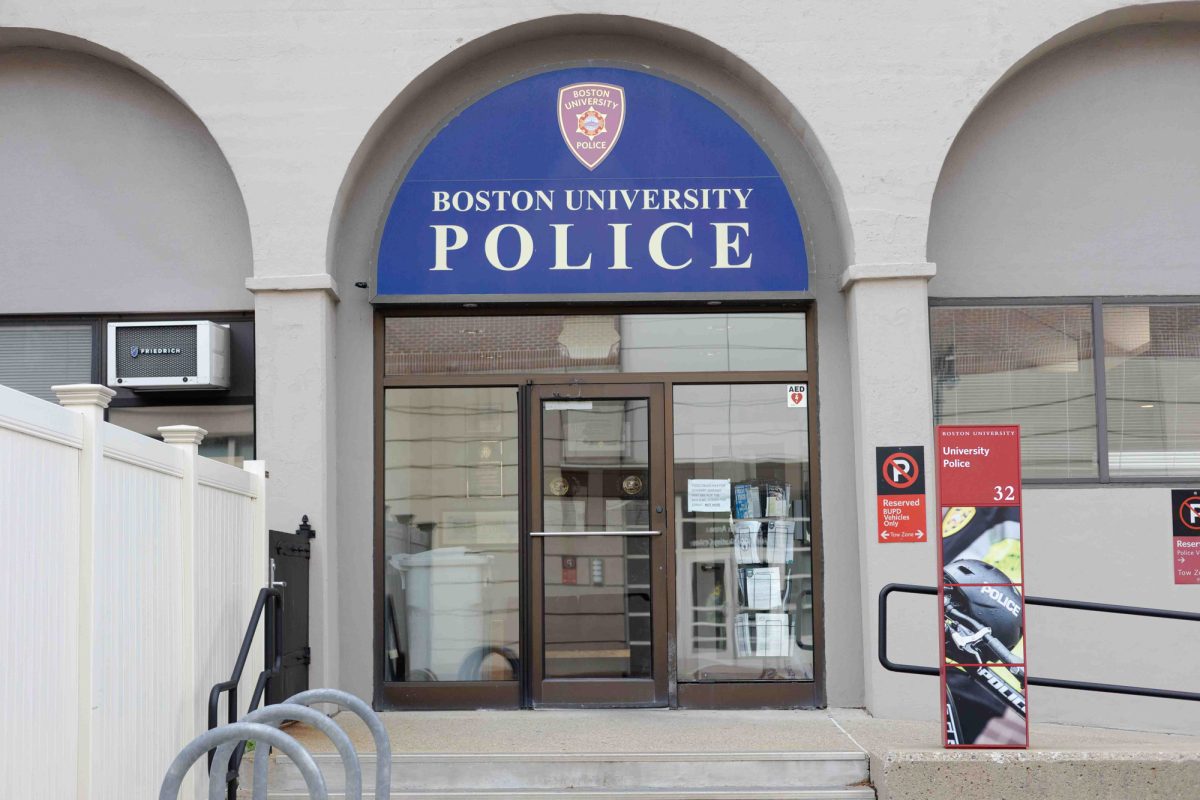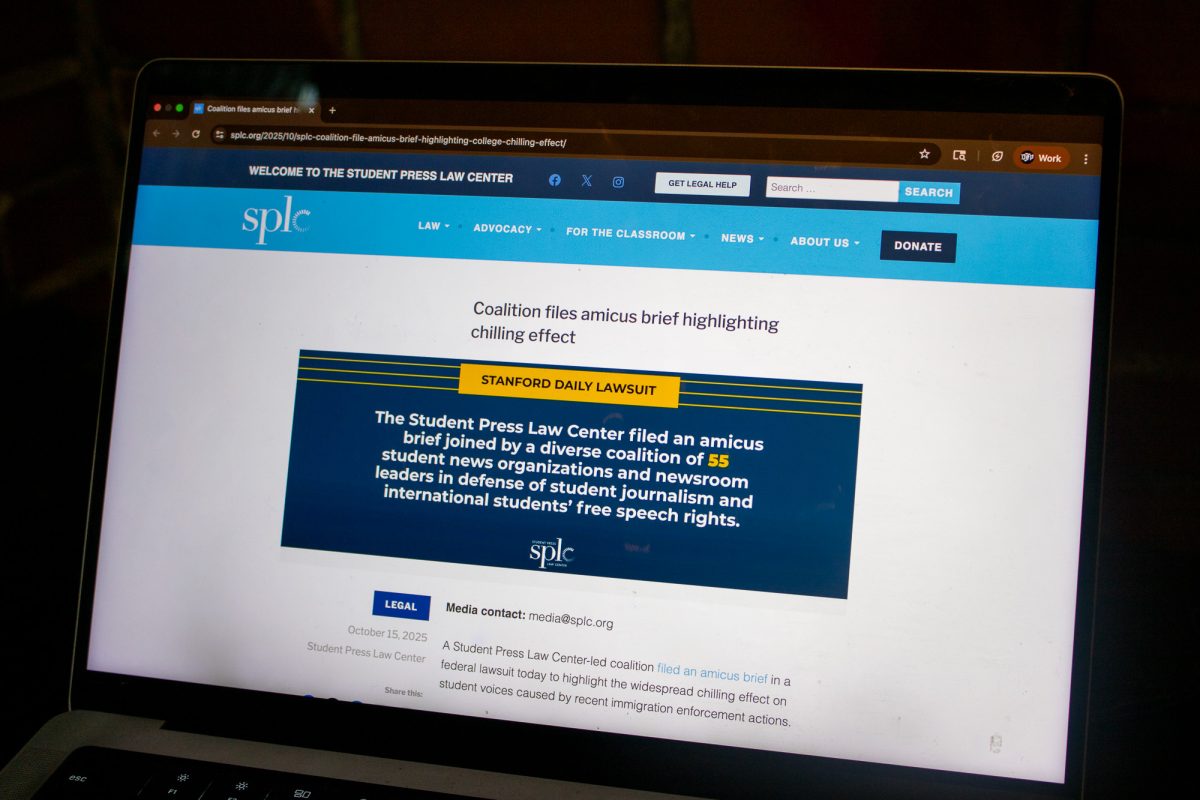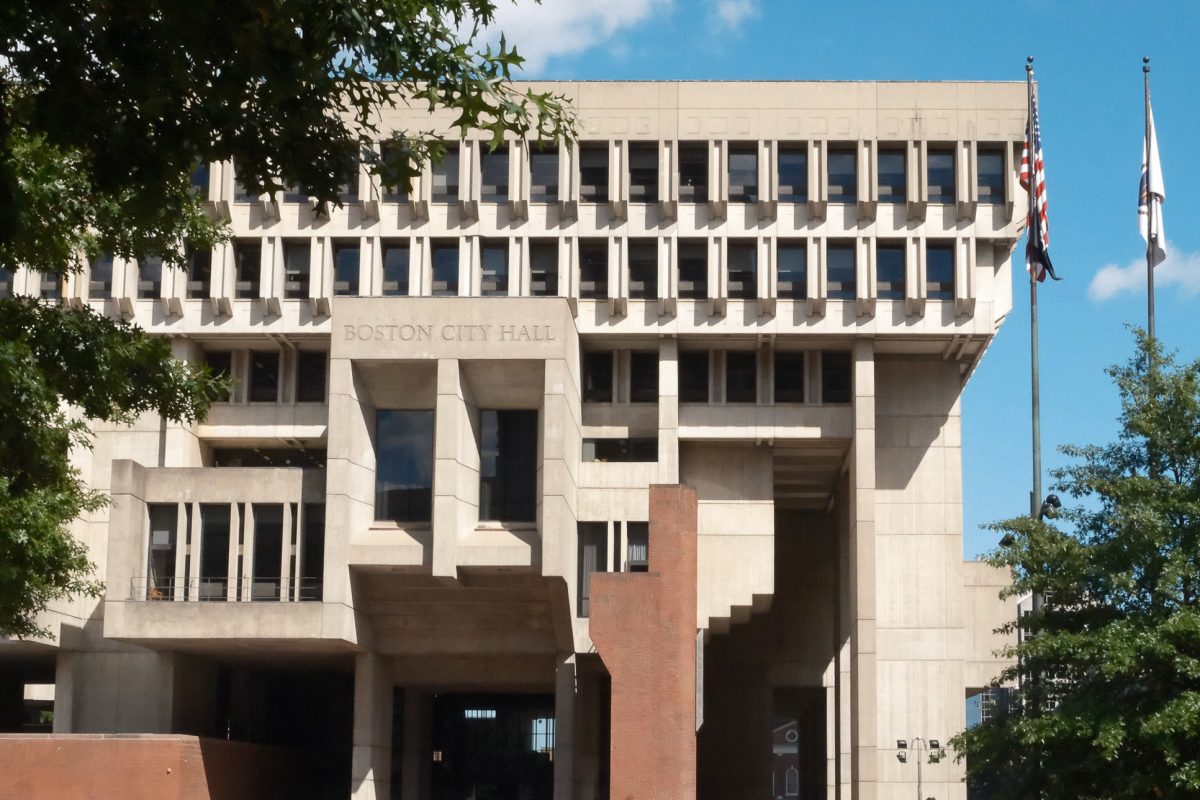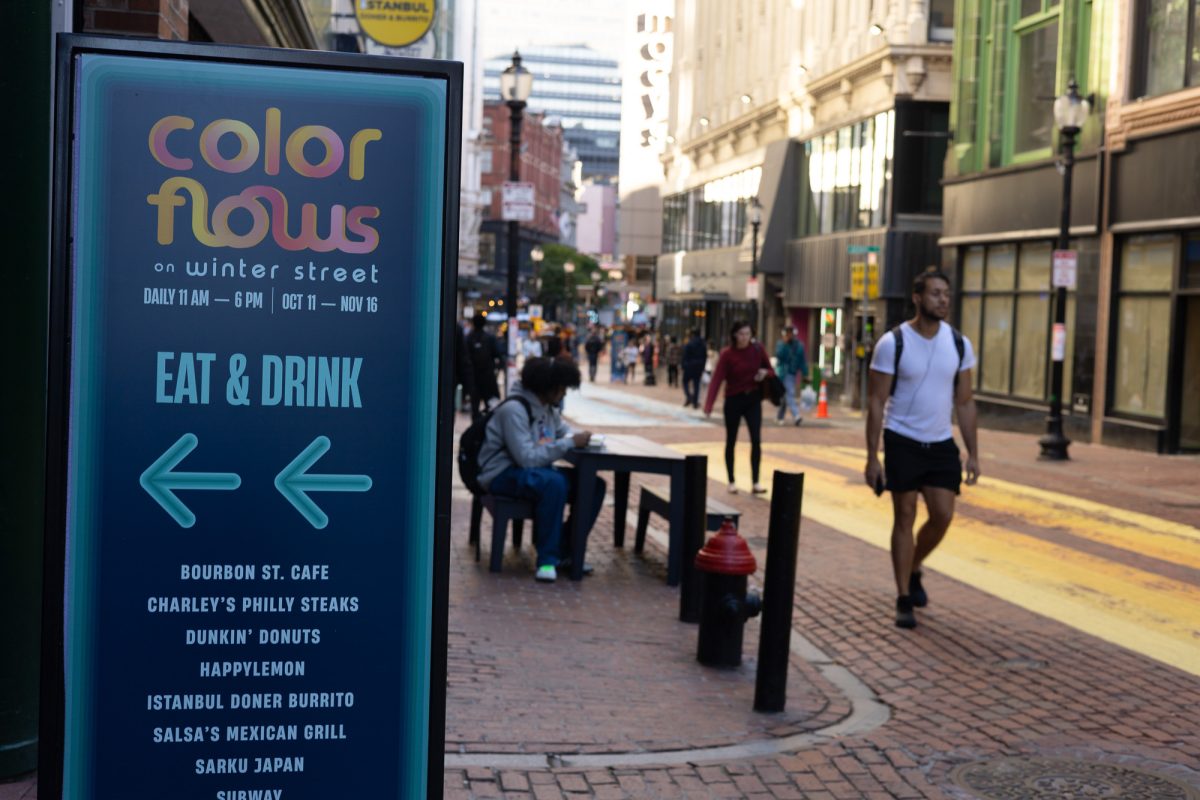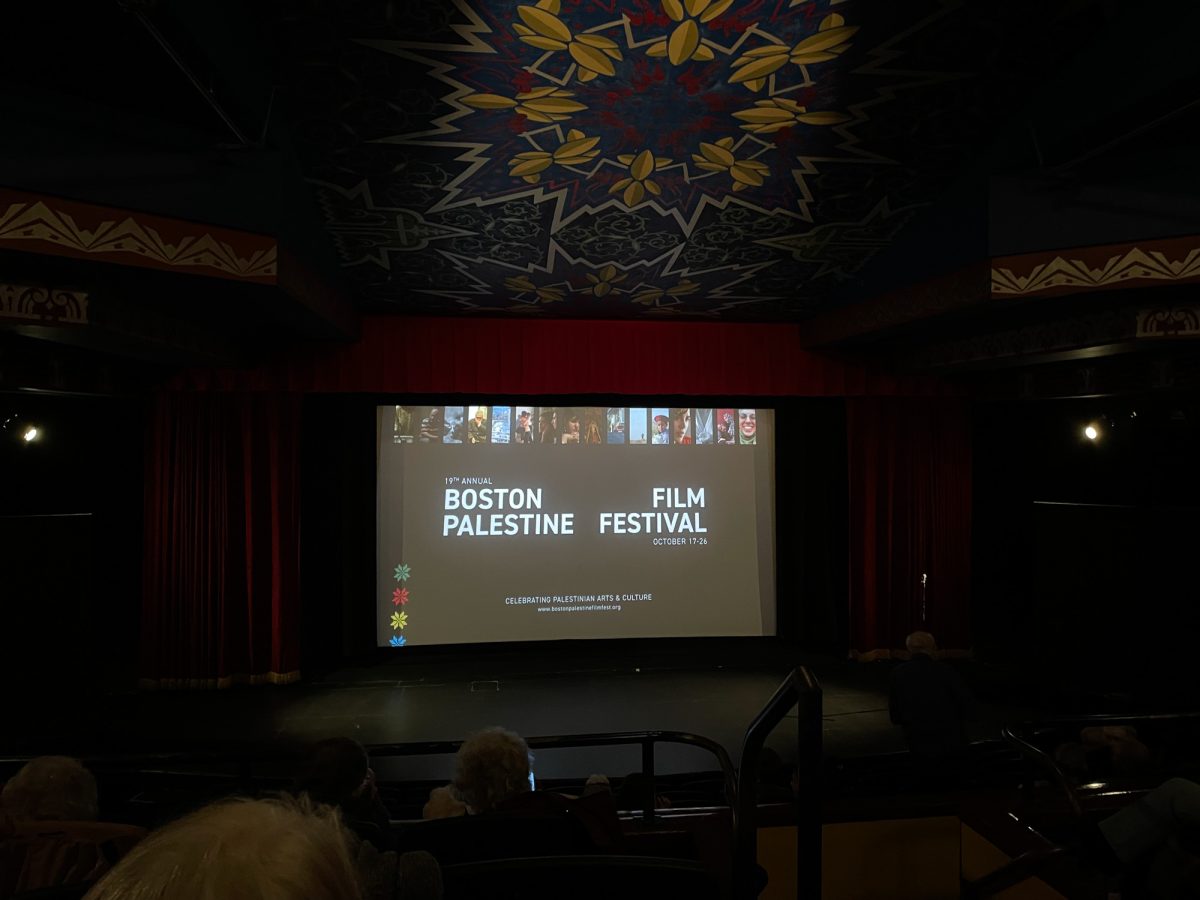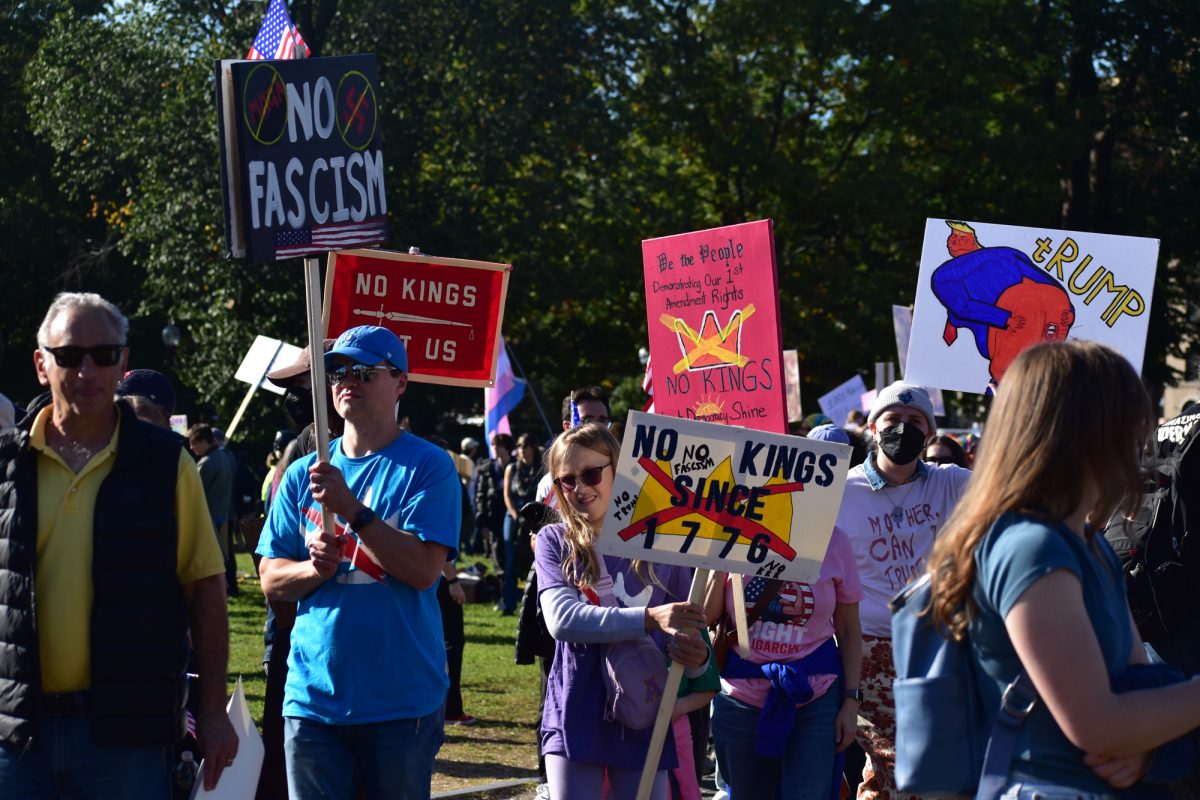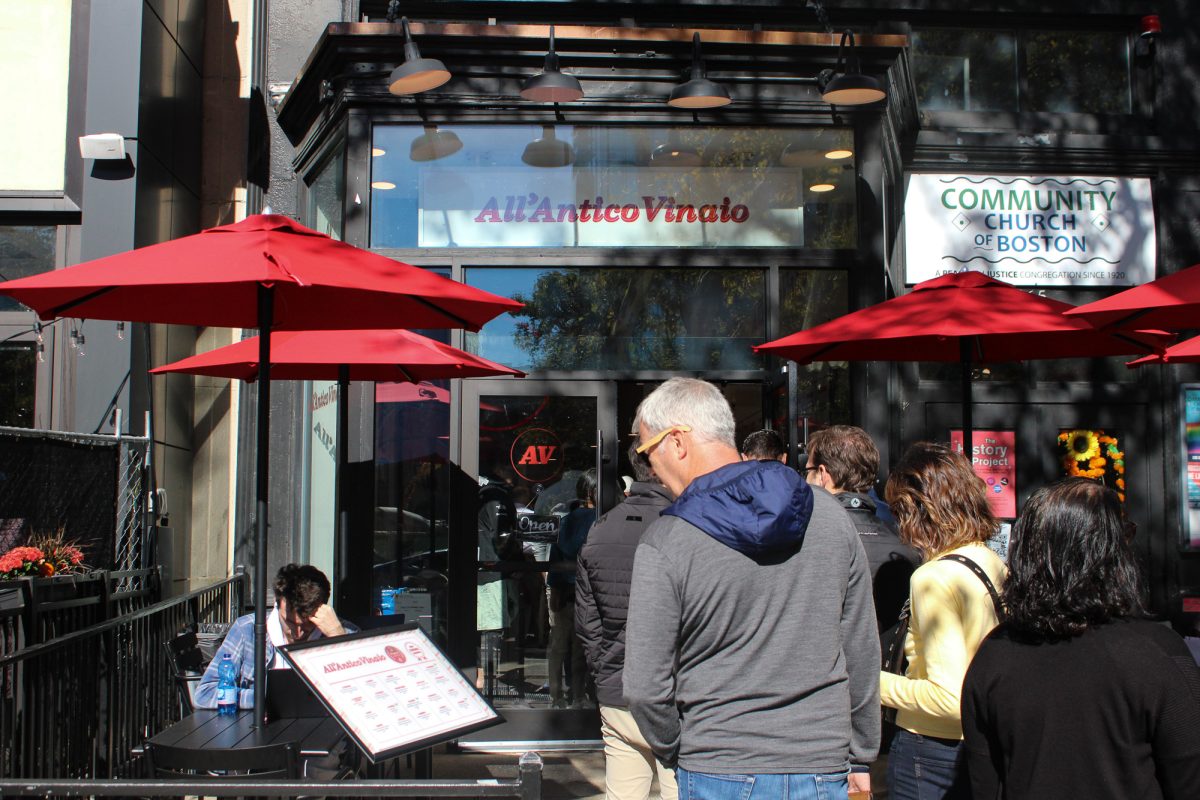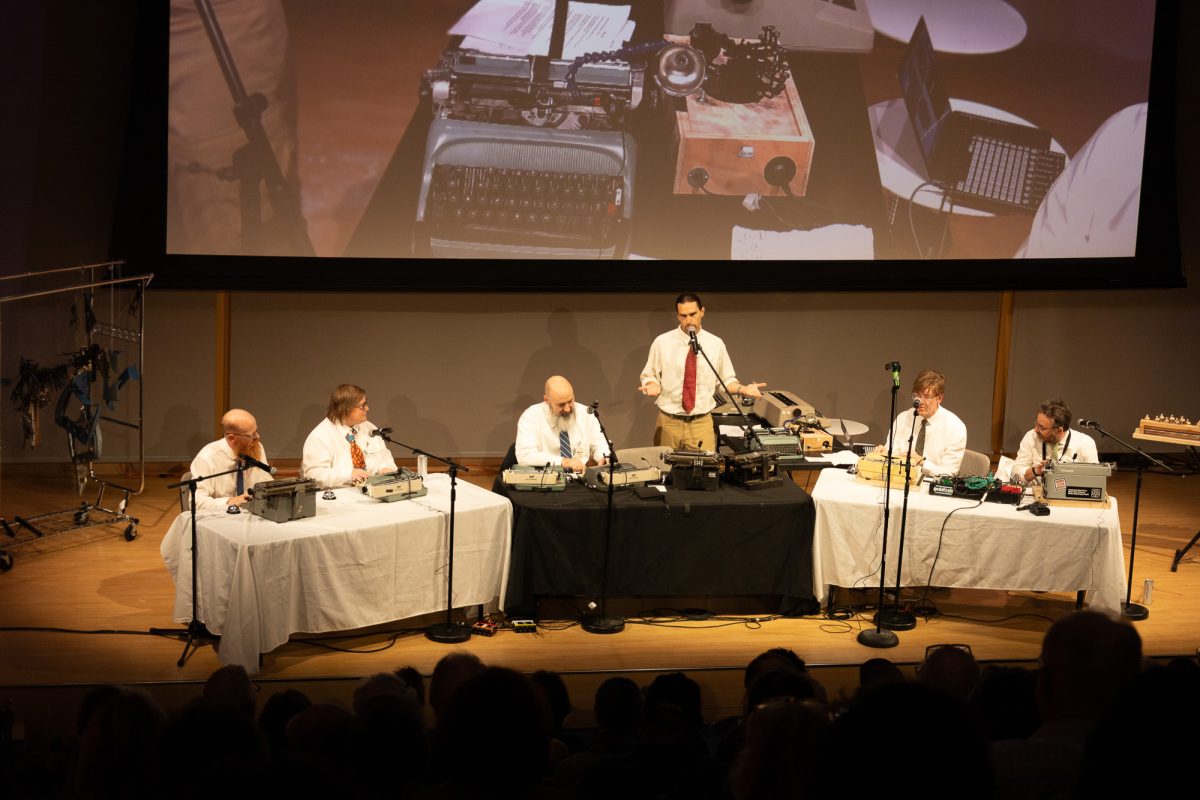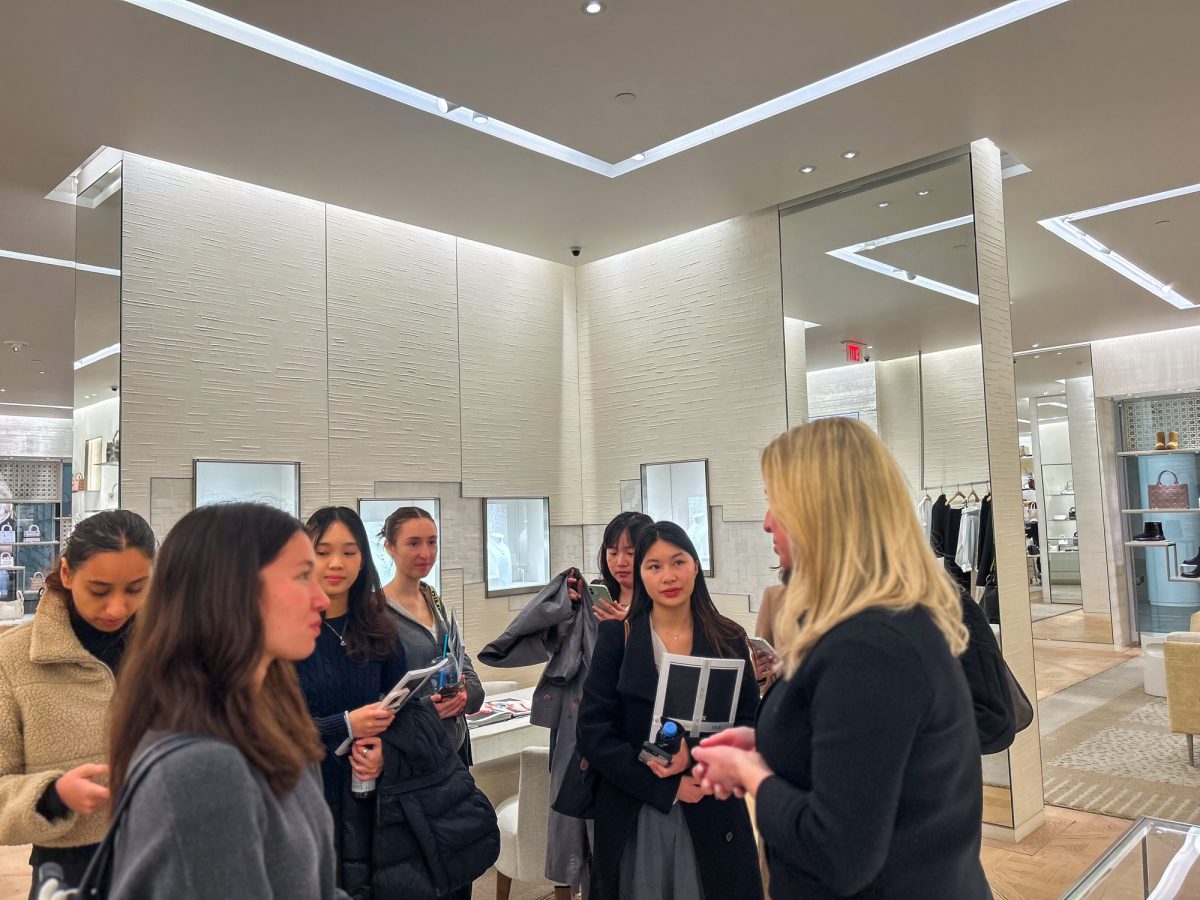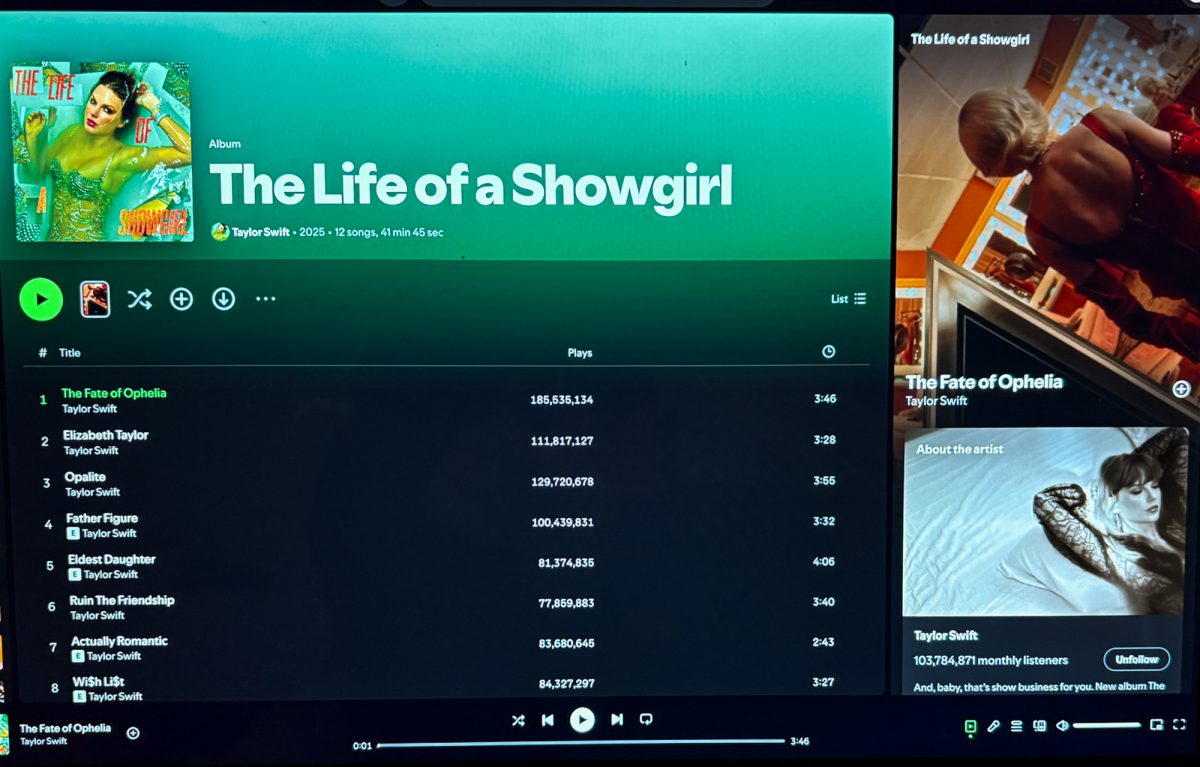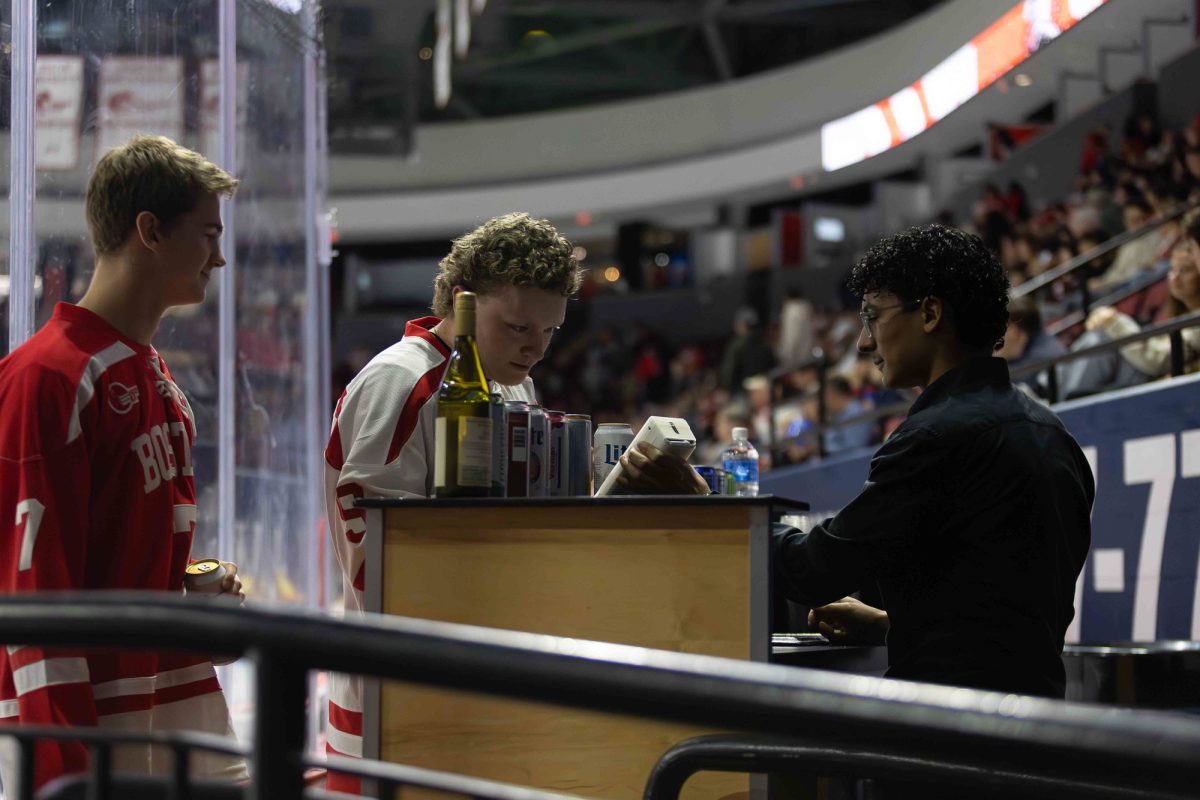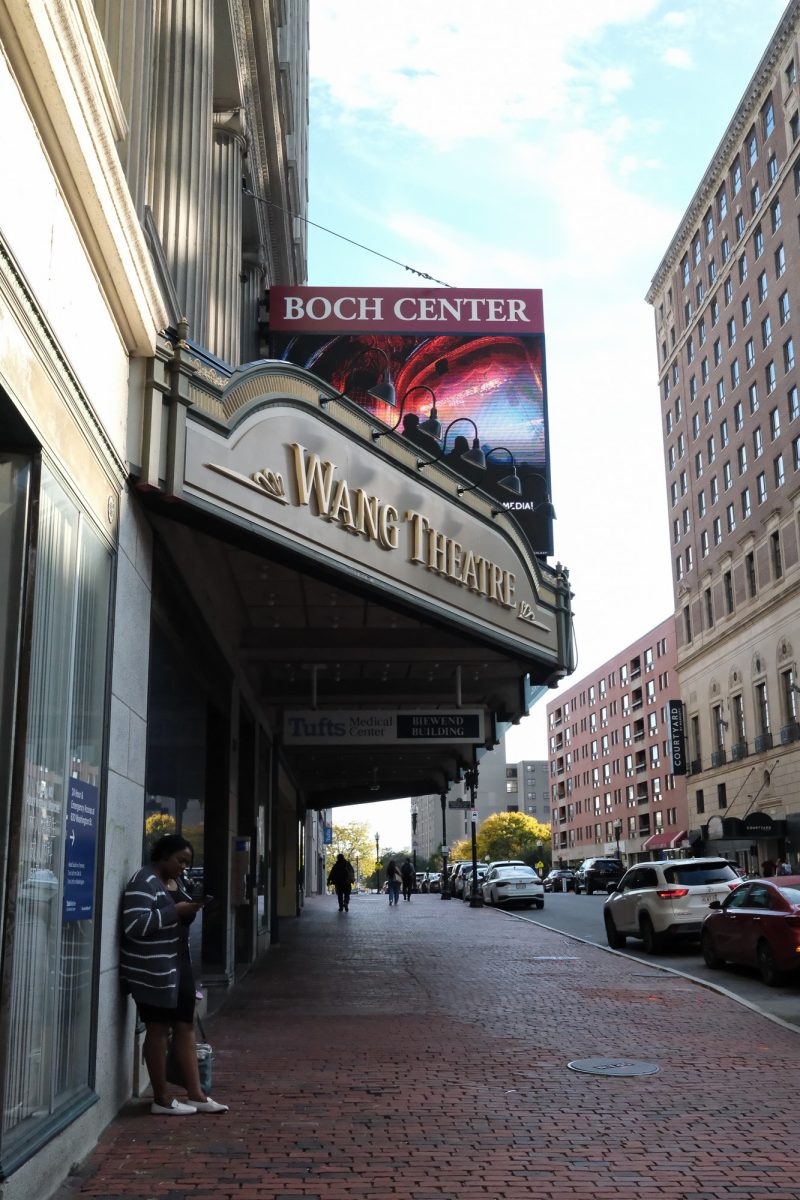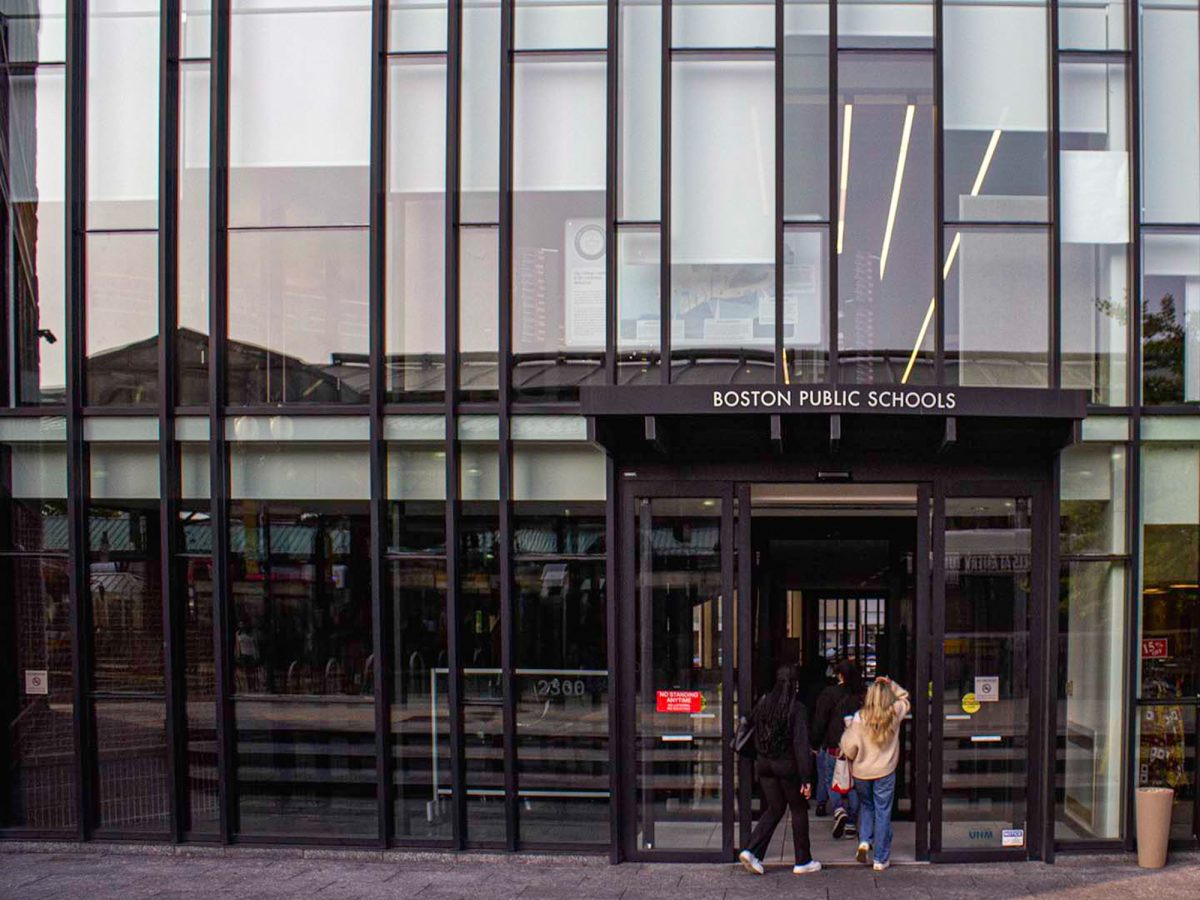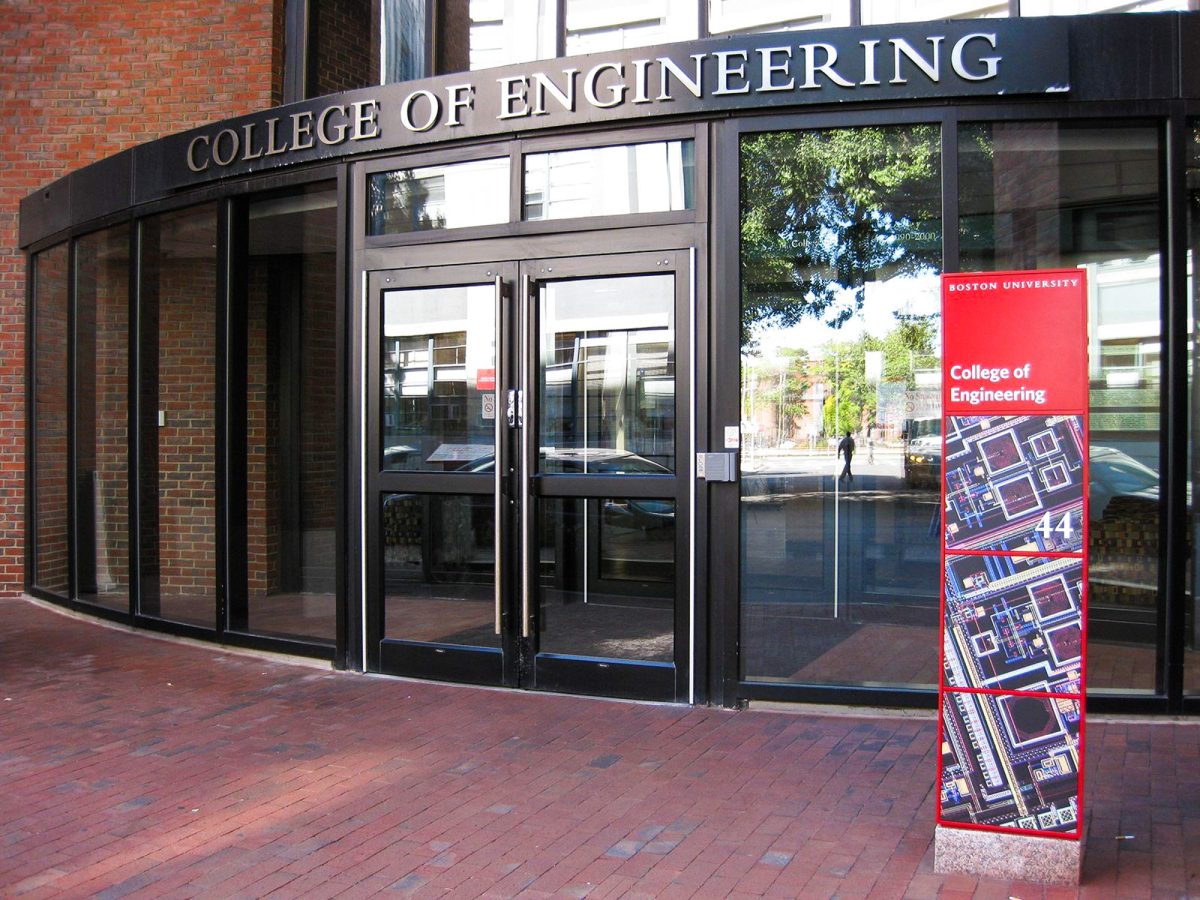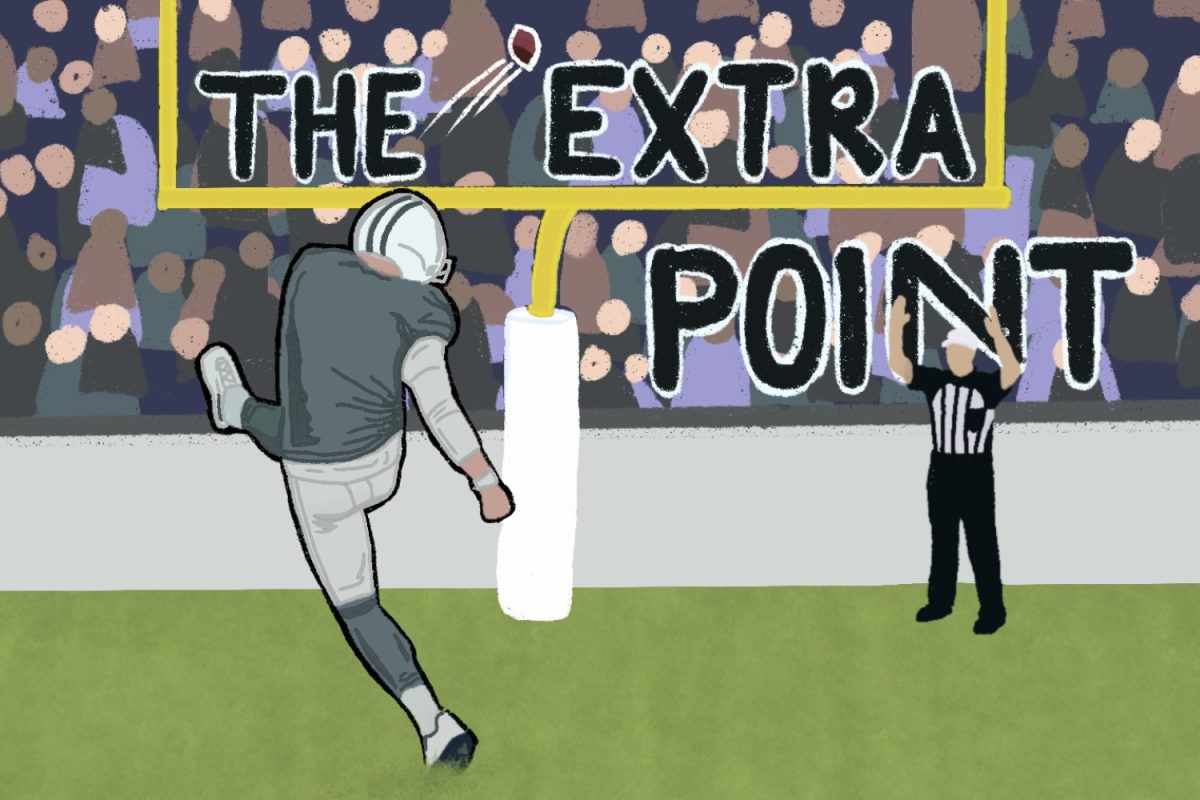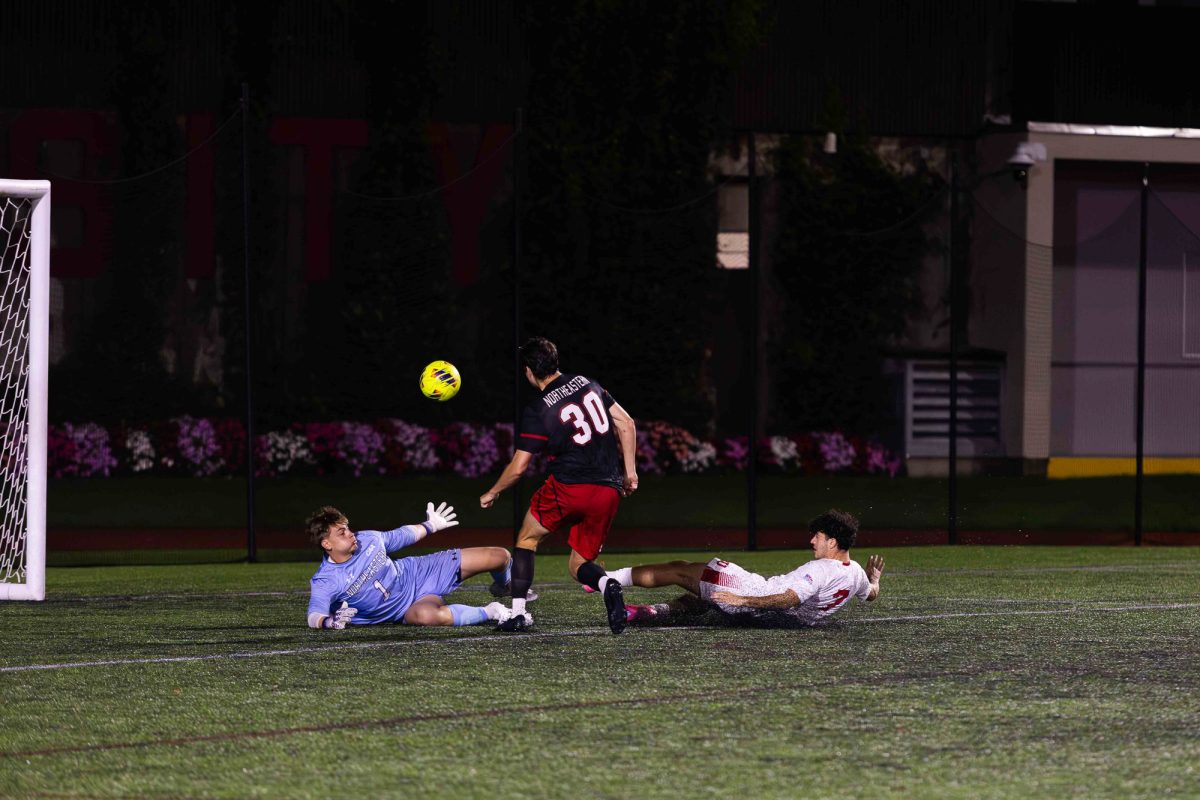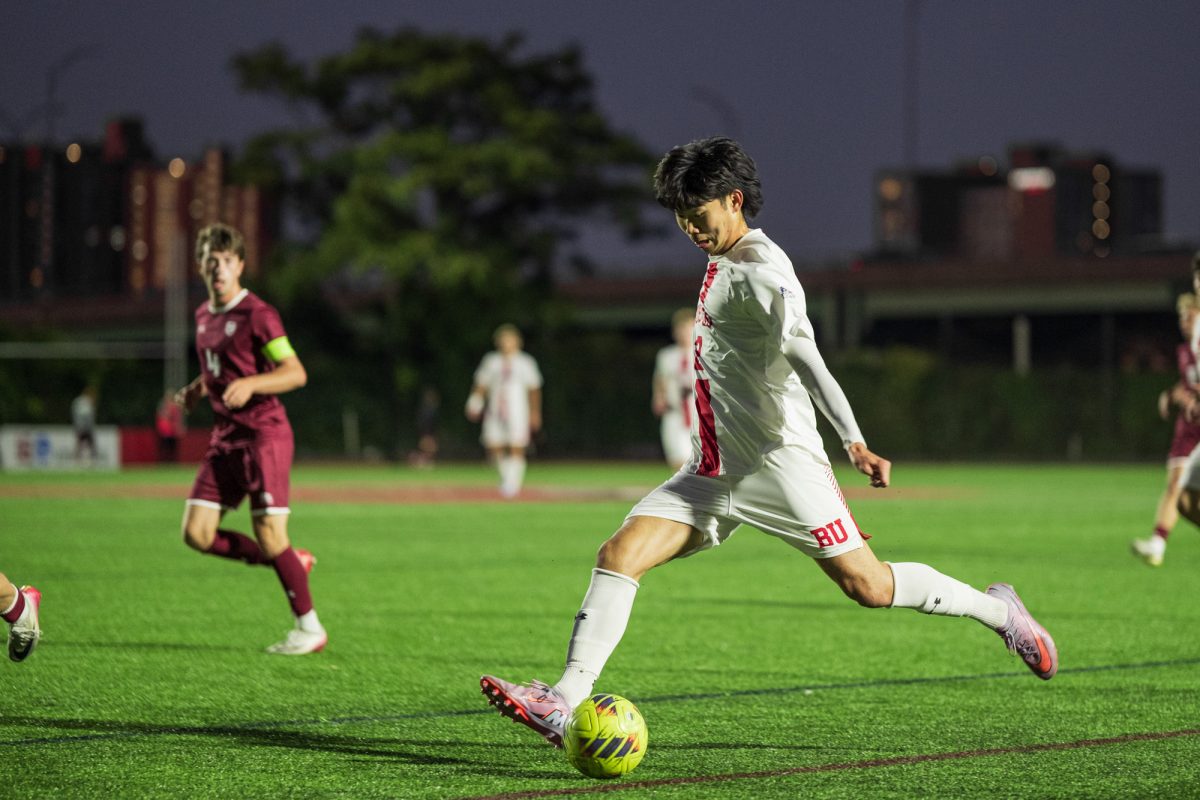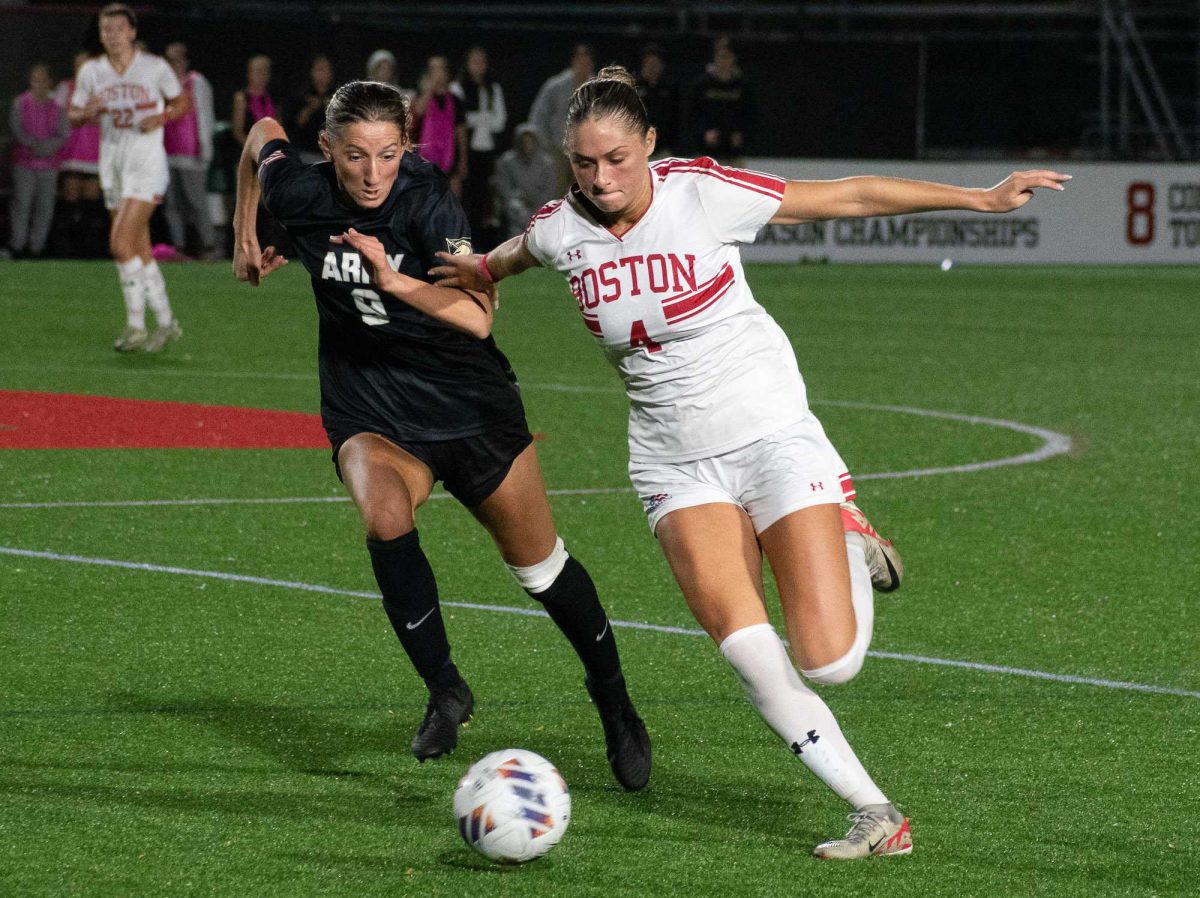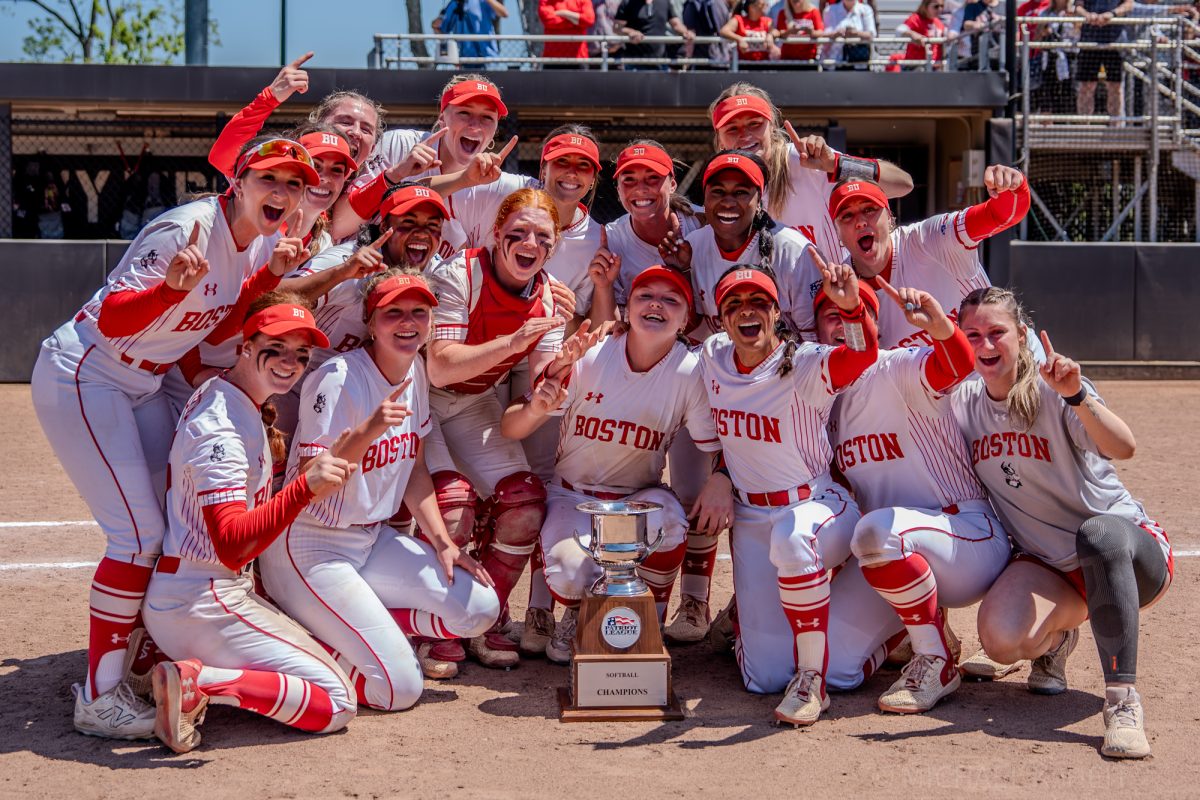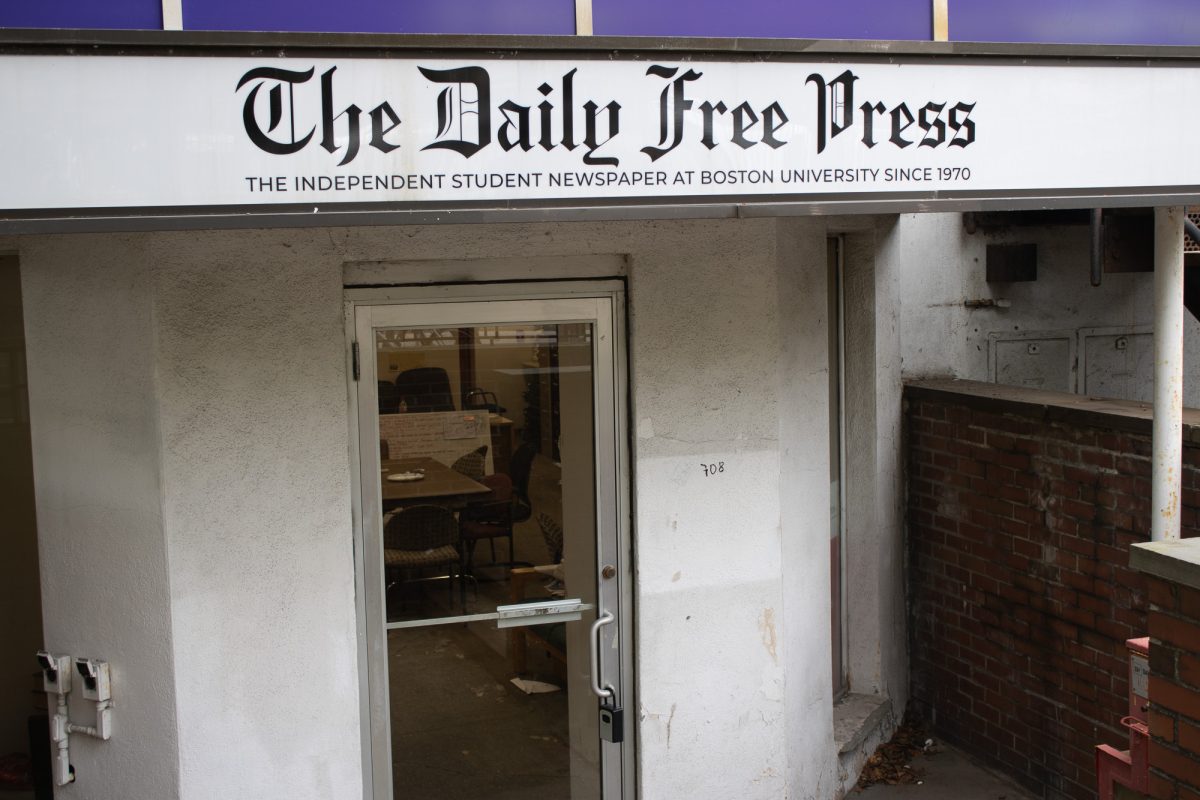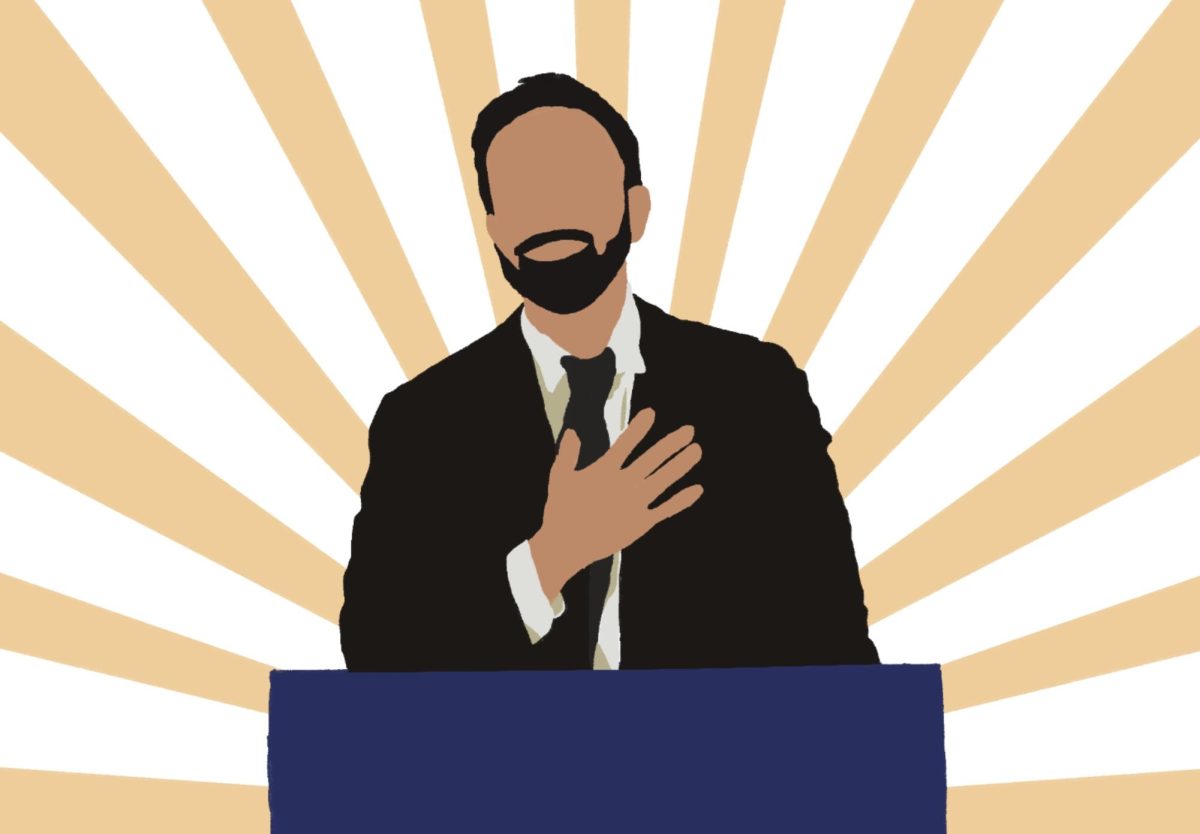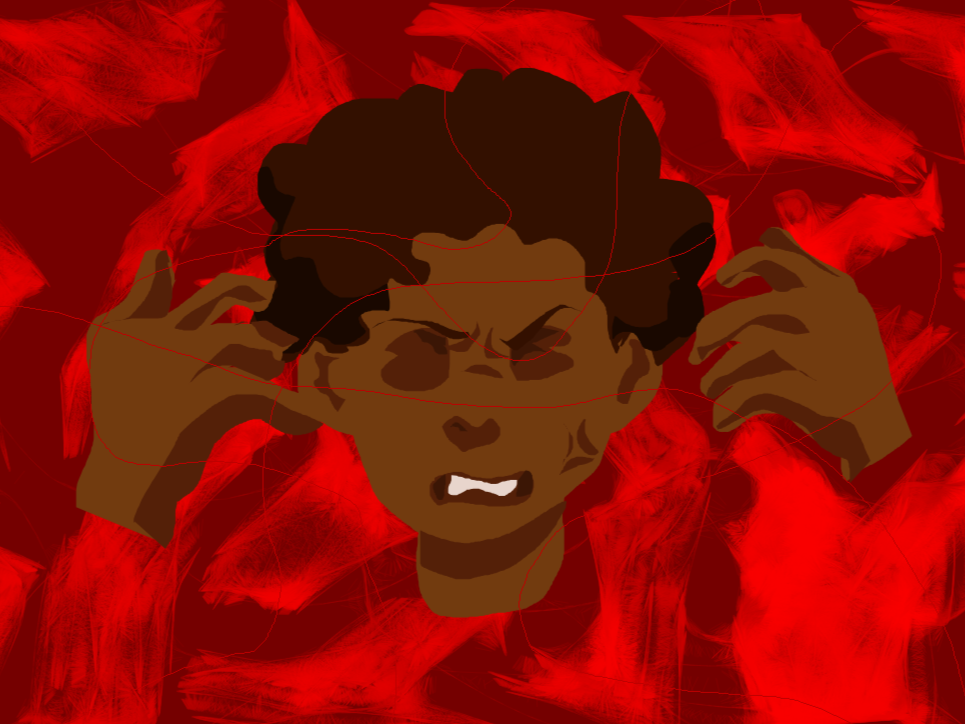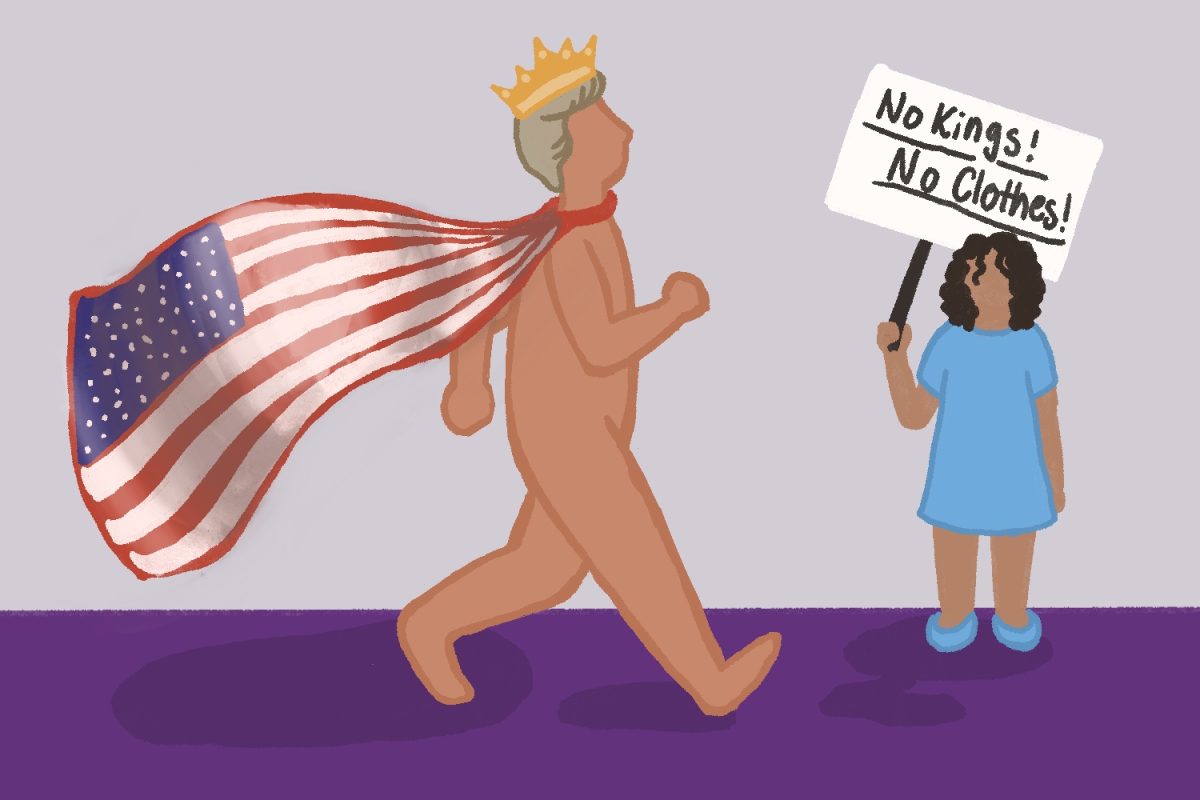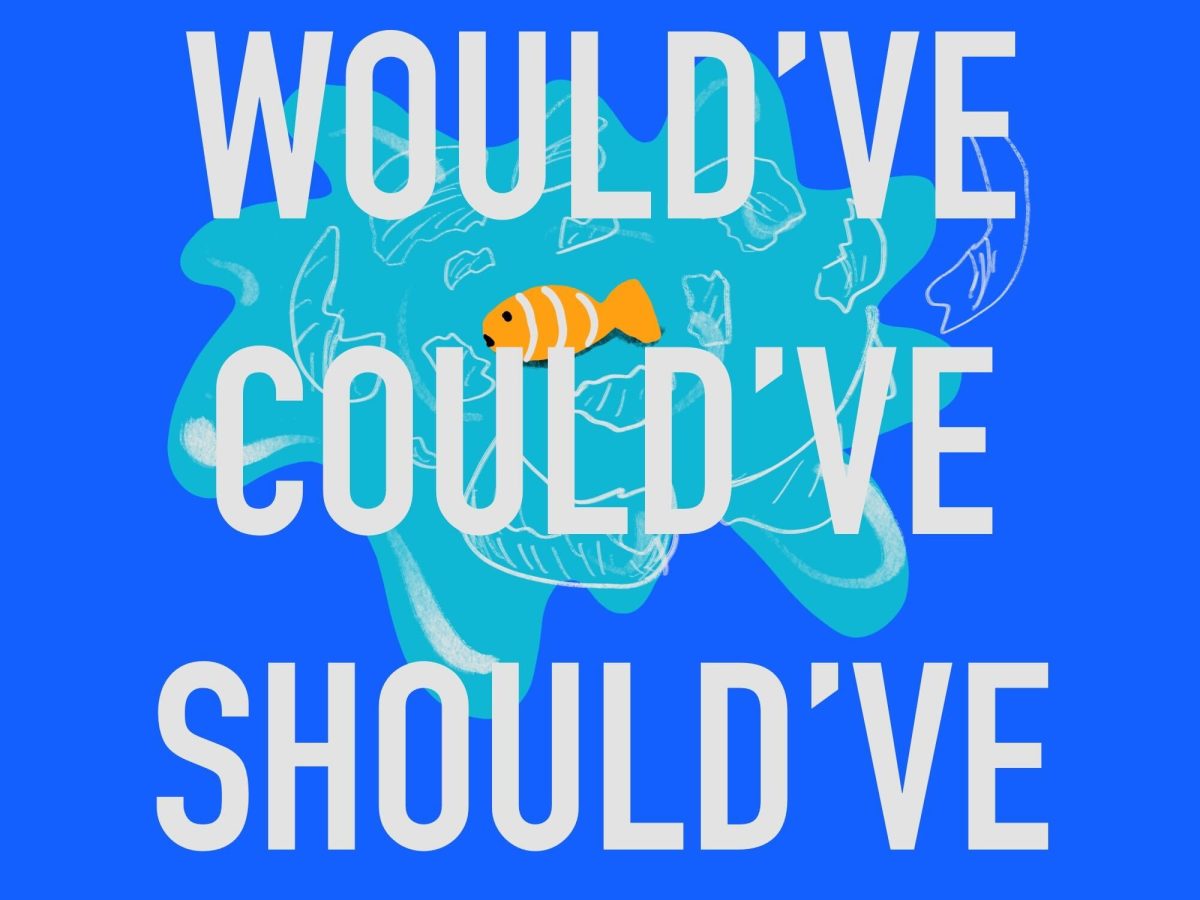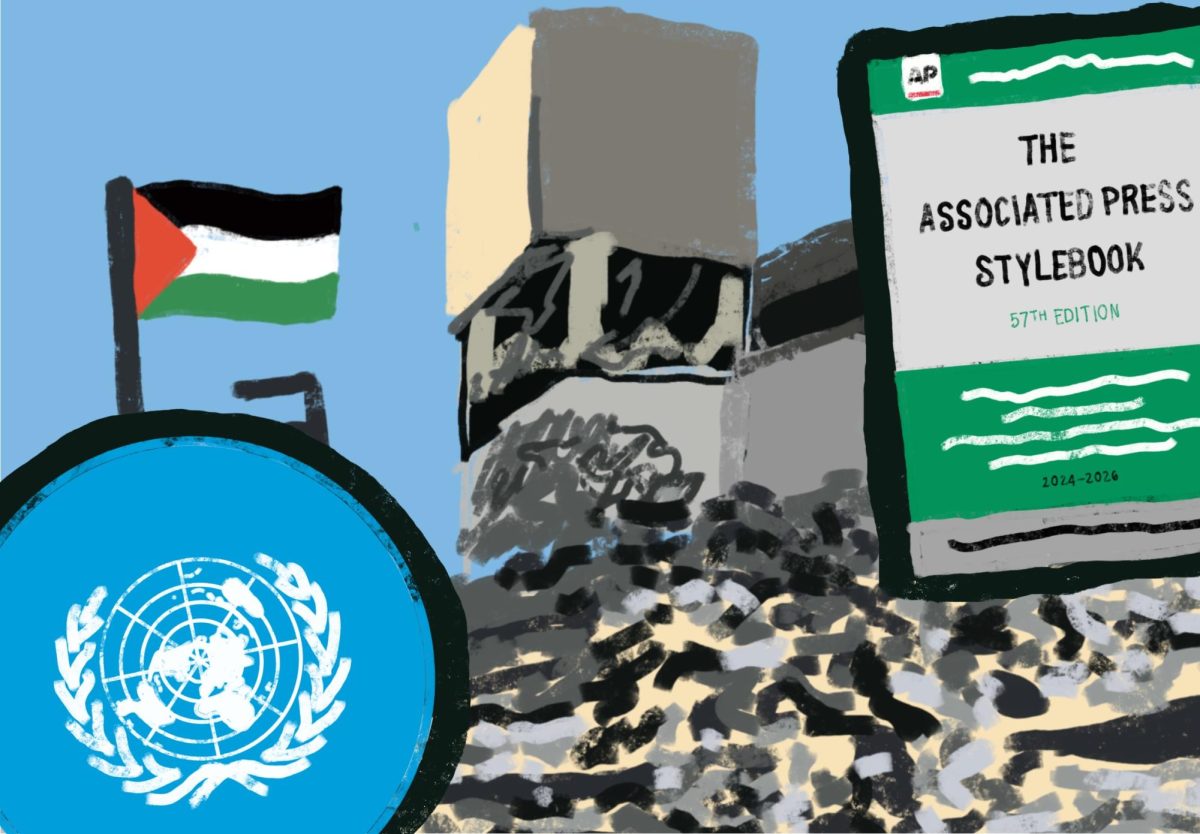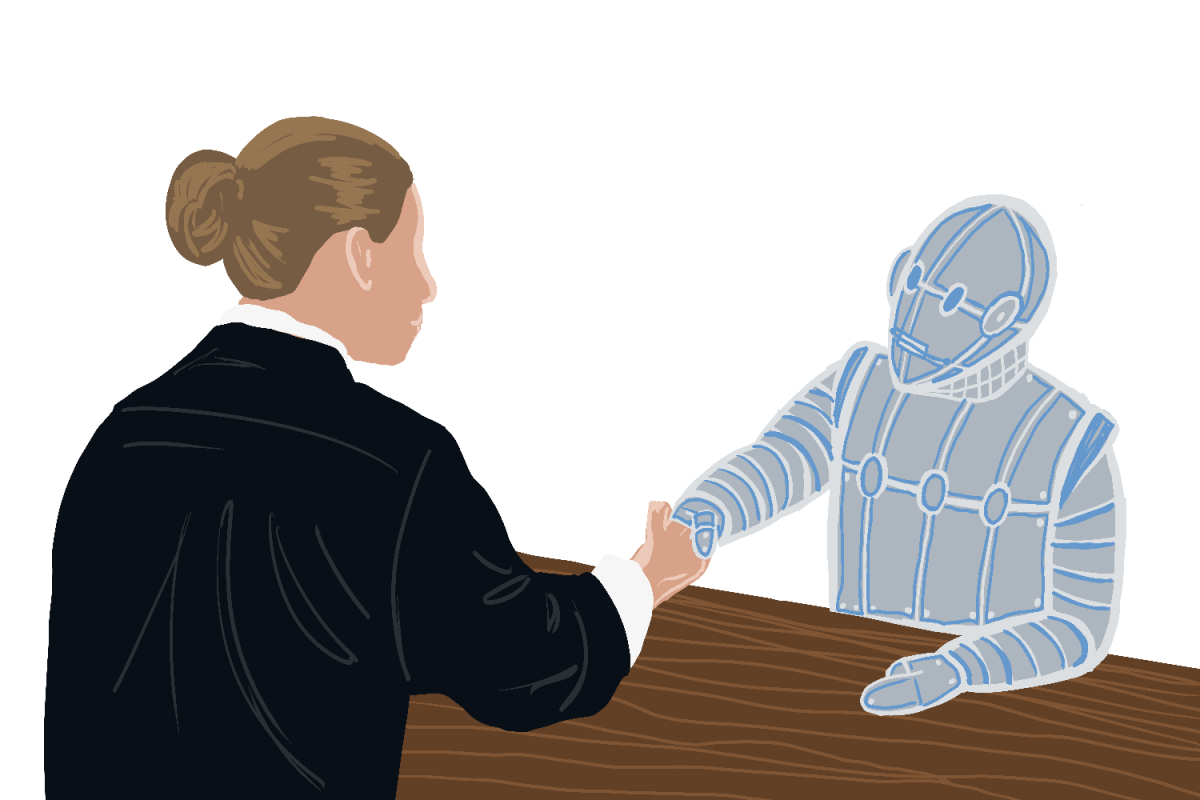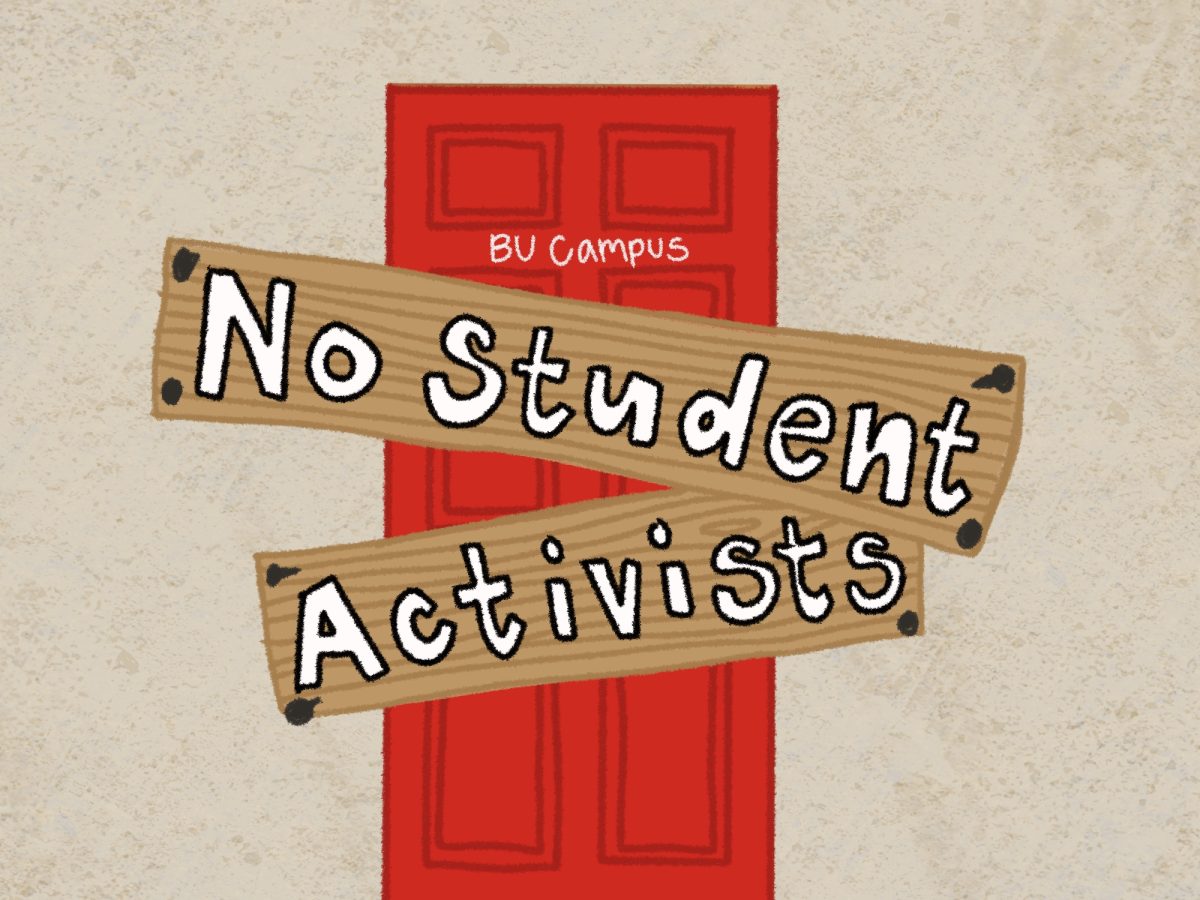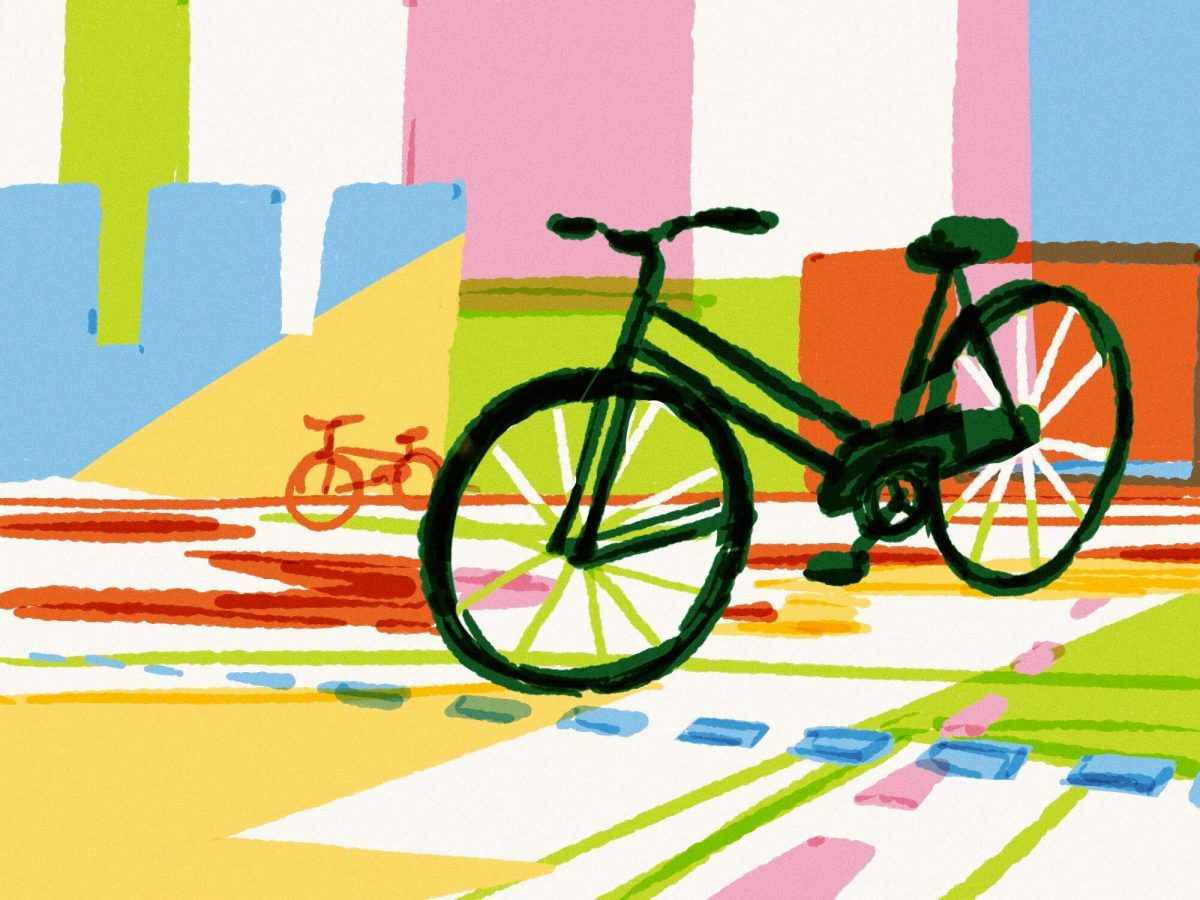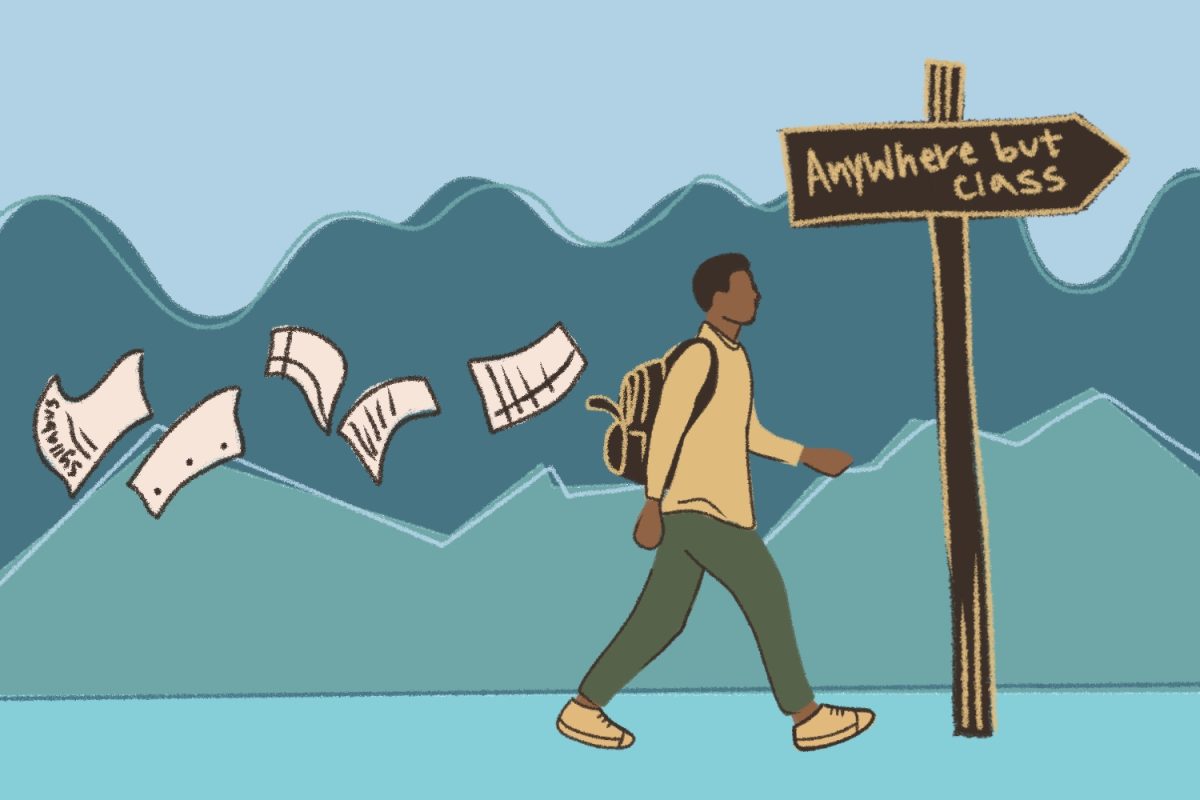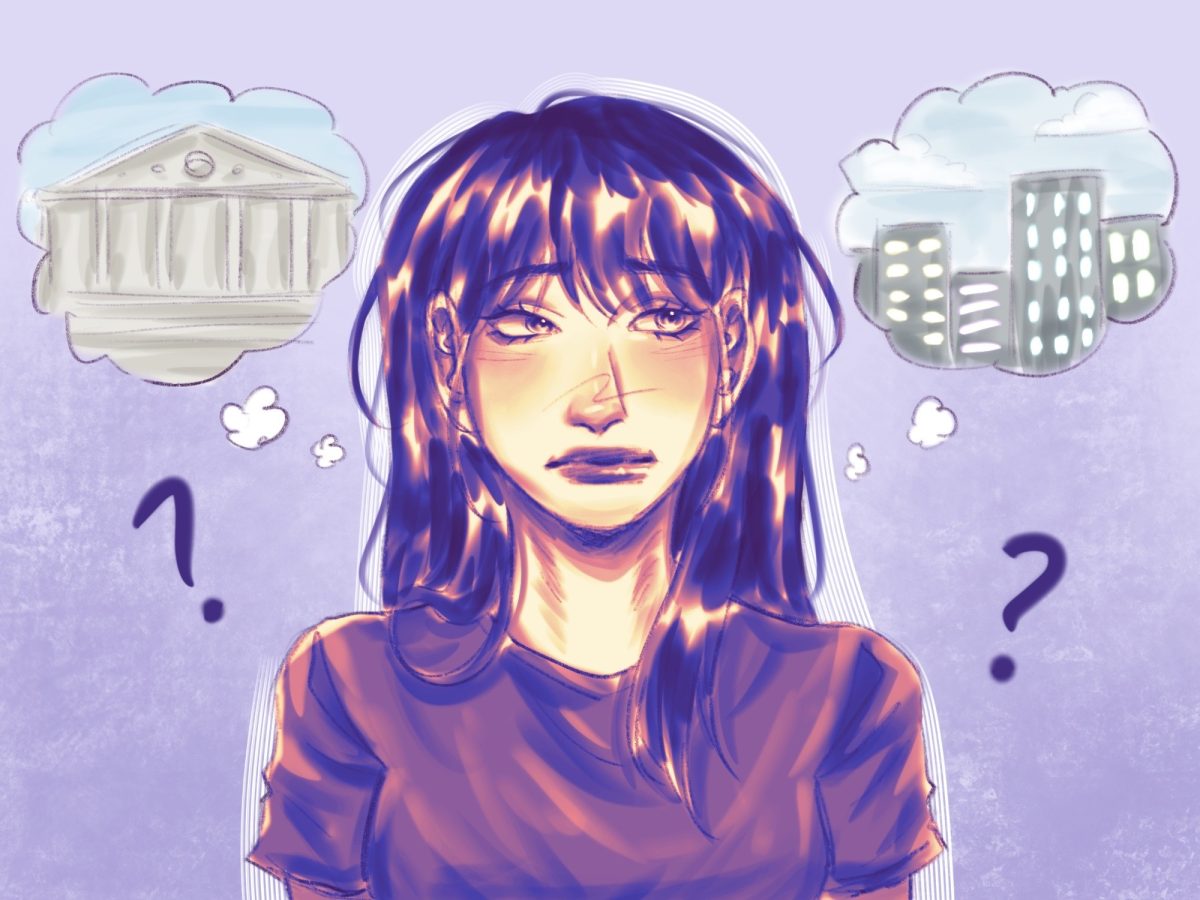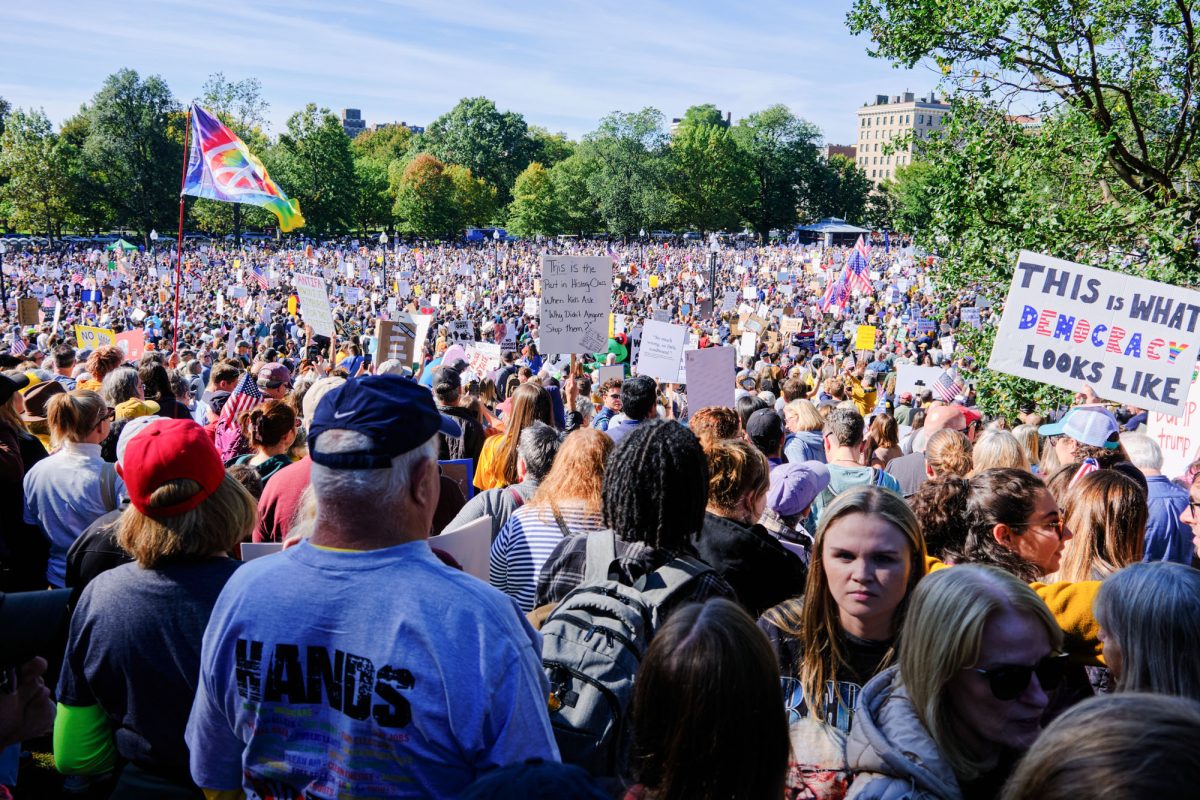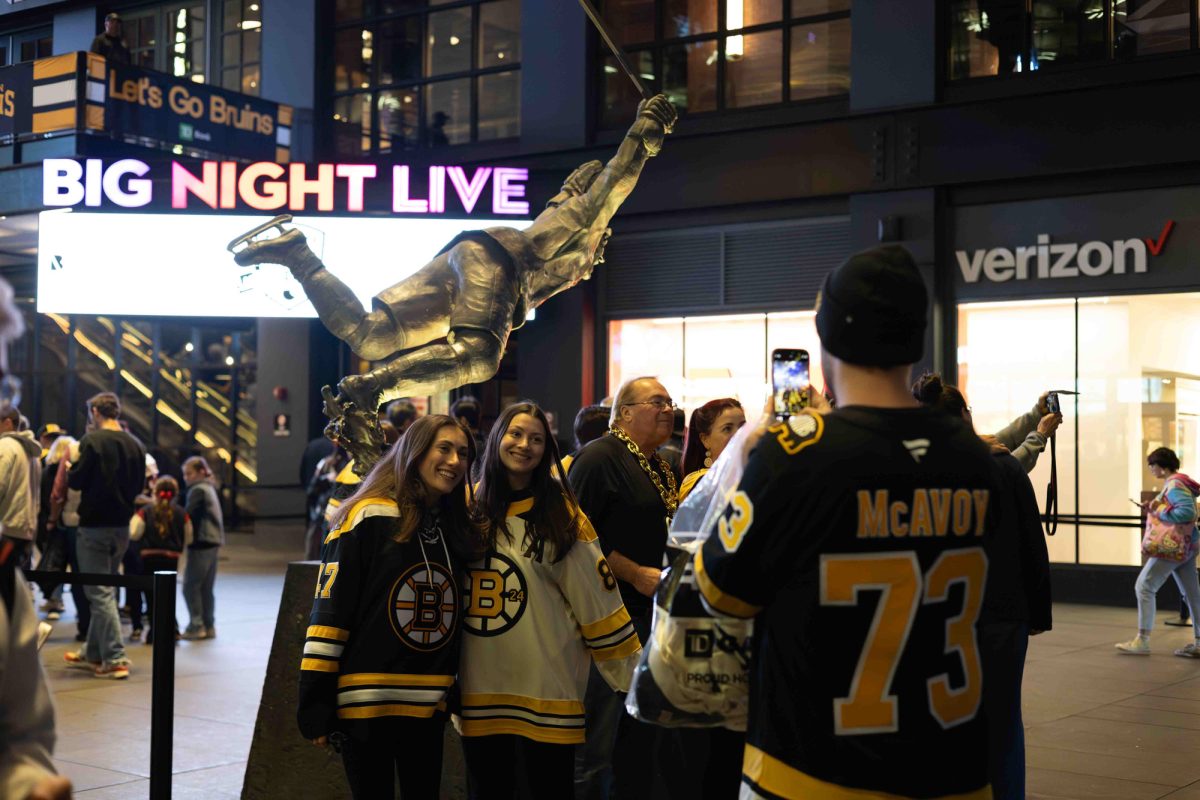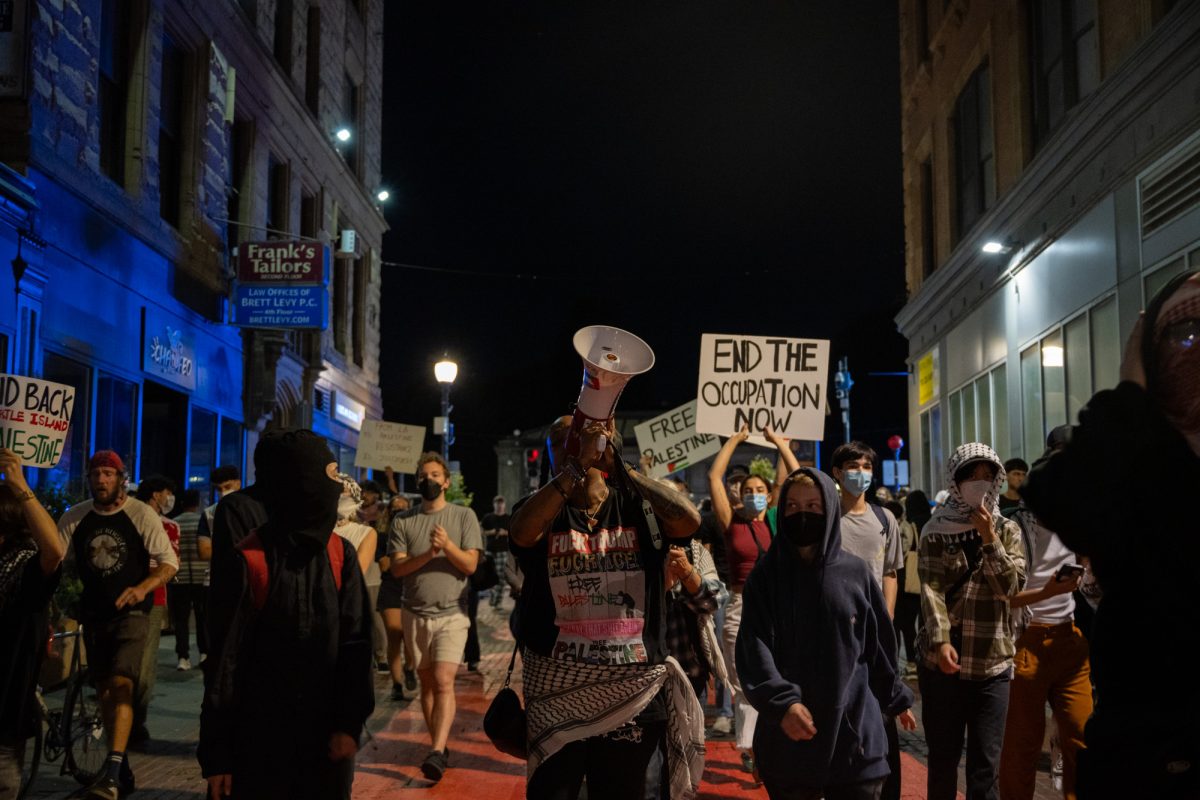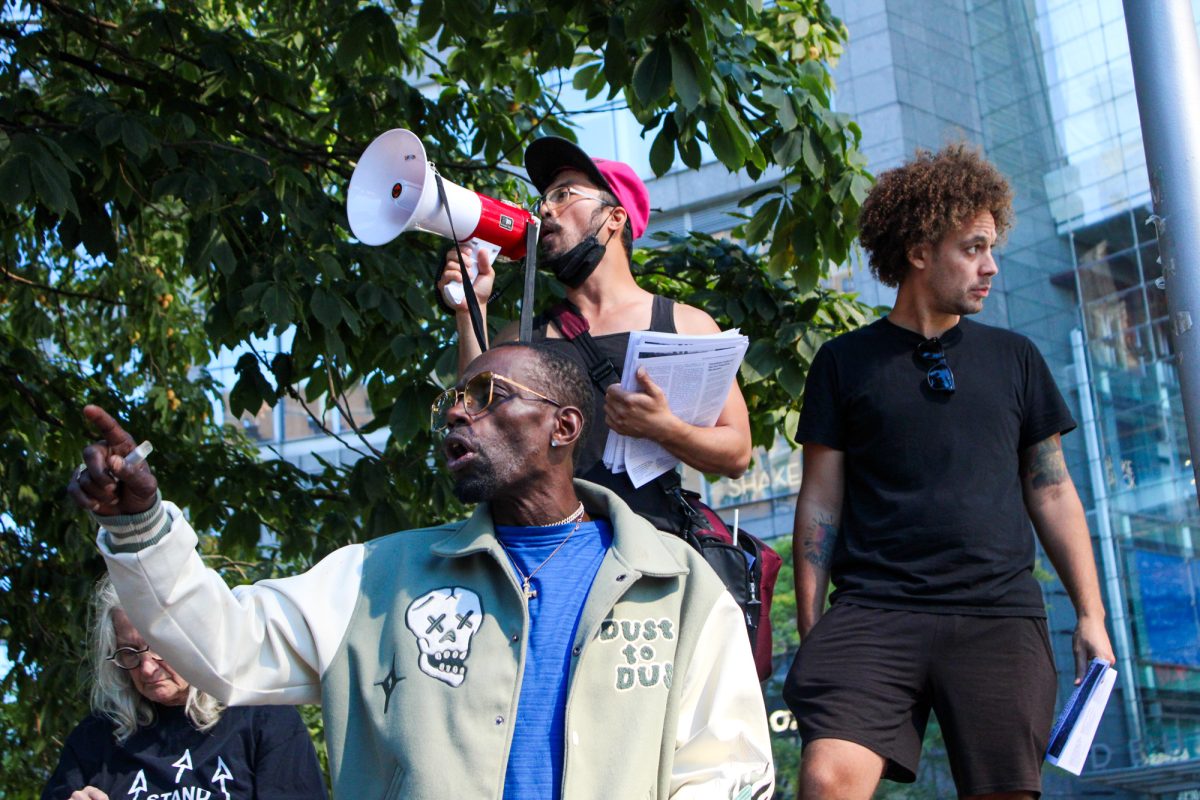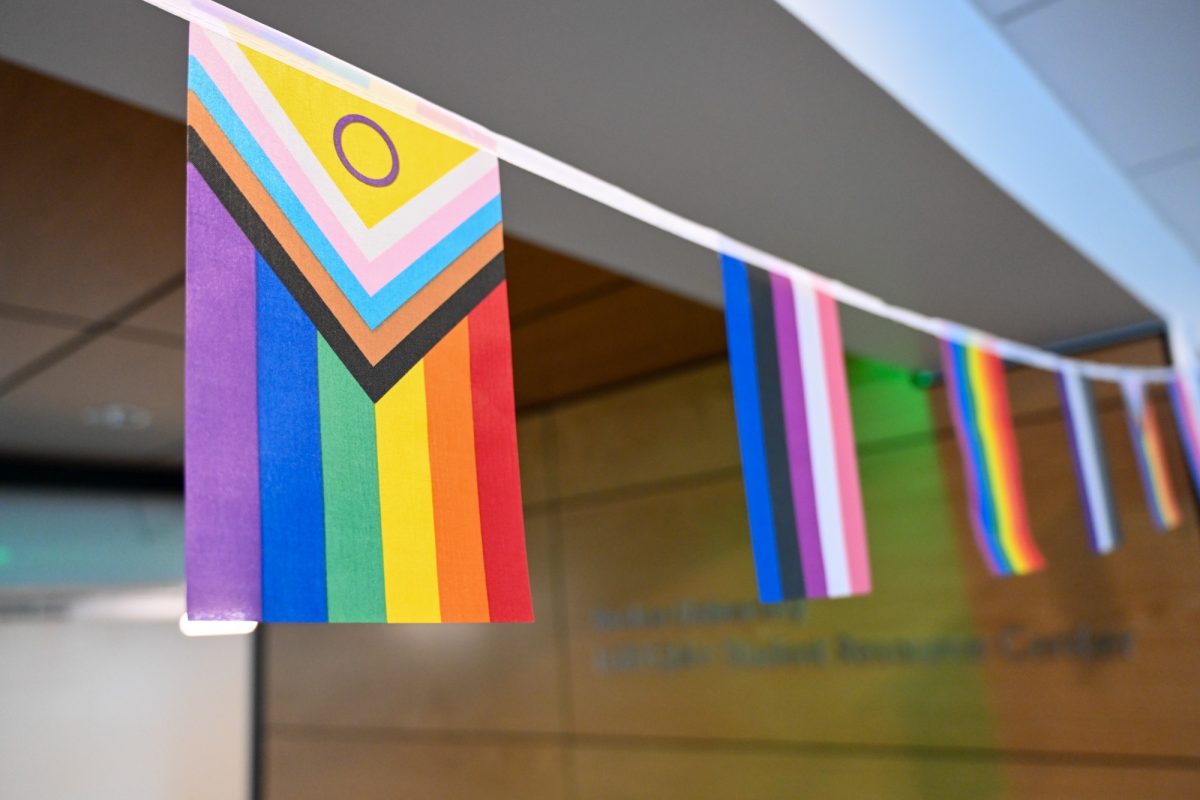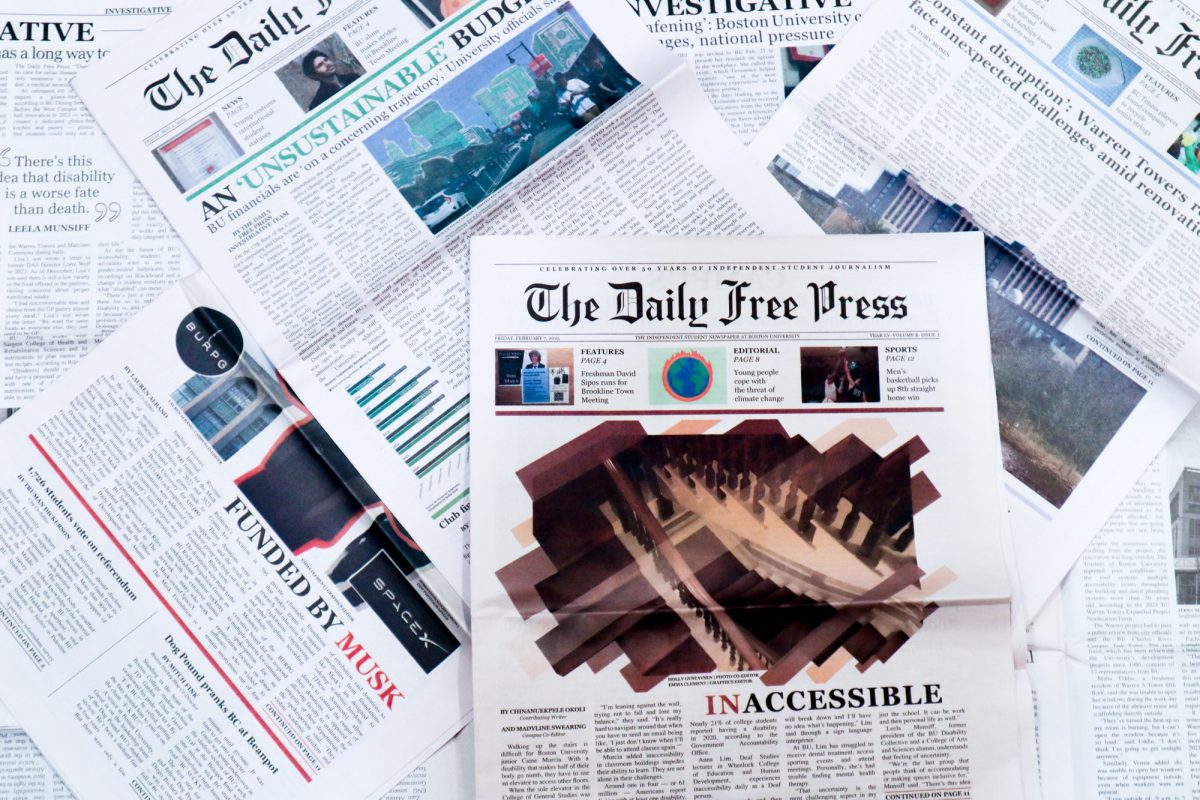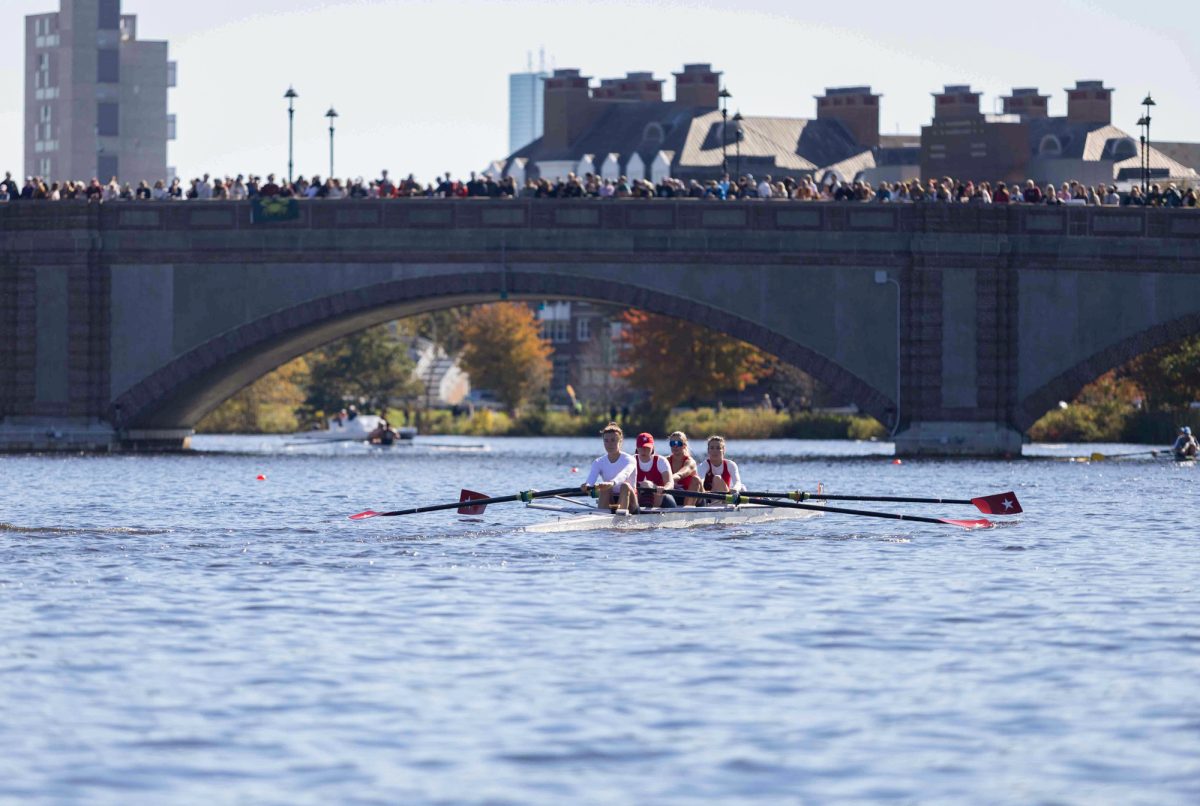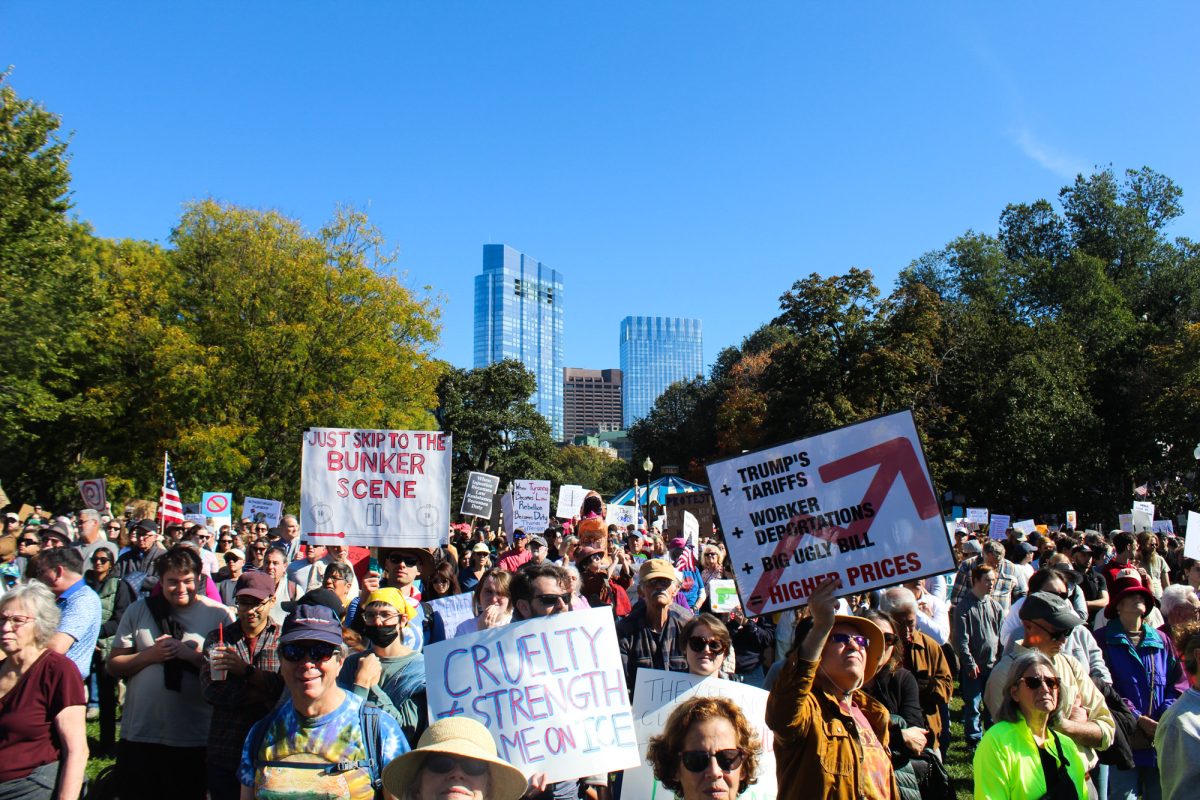In anticipation of rising summer temperatures, the Boston City Council held a hearing May 9 to discuss expanding urban tree canopies in District 2 as a potential solution.

The hearing followed a city council meeting April 30 to discuss increasing the availability of cooling centers in the city. Both proposals support environmental justice in underserved neighborhoods.
Urban tree canopies, defined as the shade provided by tree crowns, produce “a host of environmental and public health benefits,” Councilor Ed Flynn, who represents District 2, said. Flynn co-sponsored the May 9 hearing alongside nine other city councilors.
“Trees provide beautification, but they also absorb excess storm runoff. They provide shade. They combat the heat island effect,” Flynn said, referring to the phenomenon where cities generate more heat than rural areas.
District 2 encompasses the neighborhoods of Chinatown, Downtown Boston and South Boston. These neighborhoods possess disproportionately low urban tree canopy levels compared to other neighborhoods, according to the hearing order.
The Tree Canopy Assessment, published September 2020, revealed that while the entire city of Boston averaged urban tree canopy levels of around 27%, South Boston and Chinatown only had 8% tree coverage or lower in 2019.
MyDzung Chu, director of the Addressing Disparities in Asian Populations through Translational research Coalition at Tufts Medical Center, said the disparity in urban tree canopy levels between different neighborhoods stems from planning policies which “minimize opportunities for green space and open space.”
The negative effects of climate change are increased for environmental justice communities, neighborhoods disproportionately impacted by climate change, Chu said.
“We’re facing rapid gentrification in these communities of color and environmental justice communities on top of all the environmental threats we are seeing from the roadway and traffic and all the construction,” Chu said.
One of these neighborhoods, Chinatown, has “some of the highest poverty levels” relative to other Boston neighborhoods. The area faces significant air pollution due to its proximity to Interstate 93 and the Massachusetts Turnpike, according to Chu. This results in higher asthma rates and other respiratory issues among residents, Flynn said.
“These high temperatures are not only a climate issue, but it’s also a public health issue,” Flynn said.
Chinatown was built upon heat-absorbing, water-resistant surfaces like asphalt, which contribute to the urban heat island effect, Chu said. The antiquated HVAC systems and buildings “contribute a lot of ambient heat” to the neighborhood, she said.
The City Council is also peddling the possibility of expanding access to city cooling centers as a temporary solution to rising temperatures. Councilor Liz Breadon ordered a hearing April 30 proposing to expand access to cooling centers — public spaces where residents can seek relief during temperature surges.
Breadon, who represents District 9, said she ordered the hearing in anticipation of increased temperatures and “prolonged heat waves,” which contributed to a spike in heat-related illnesses in recent years.
“Last year, on Juneteenth, we had a heat emergency, and all of our public buildings were closed,” Breadon said. “There was a real scramble to open a building and have it be available for people in Allston-Brighton.”
Although Breadon described expanding access to cooling centers as a “band-aid” for climate-induced issues, she said it is a short-term solution to provide safety for those “vulnerable to overheating.”
Last July, Mayor Michelle Wu declared a heat emergency and opened 14 Boston Centers for Youth & Families as cooling centers for the public during these emergencies.
Like tree canopy coverage, access to cooling centers varies widely across Boston.
Hessann Farooqi, executive director of the Boston Climate Action Network, said he supports prioritizing cooling center expansion in older, unrenovated neighborhoods lacking air conditioning, whose residents are at higher risk during heat waves.
Cooling centers overall should become more accessible, Farooqi said. Other indoor options for heat relief, such as museums, are less convenient because they usually require paid admission, he said.
“We need to make sure every resident everywhere is protected,” he said. “Because our neighborhoods look so different, we have to consider all the ways in which people are protected against extreme heat.”
Farooqi encouraged placing cooling centers in “desirable” locations throughout the city and proactive communication about the centers..
“There needs to be good, proactive communication that is culturally relevant, that’s in the language that people speak and that’s coming from trusted messengers, so that they’re actually willing to go to these places should they need help,” said Farooqi.
Systemic inequalities, including the City’s historical divestment in poorer neighborhoods, are key factors behind the disparities in cooling center access and urban tree canopy coverage, Farooqi said.
“Climate change affects everyone, but not everyone is starting in the same place,” Farooqi said. “We know that the people who are hit first and worst by the effects of climate change, including extreme heat, are often the people who have the least social, political and economic power.”
Chu said the urban tree canopy hearing May 9 brought together nonprofit organizations and leaders in Chinatown to develop creative solutions and advocate for their communities.
Chu said these creative solutions should be equitable as well.
“Environmental justice is what we hope to strive for, where anyone regardless of their income, race [or] language proficiency, is able to live, thrive, foster and grow their children and grandchildren without the constant fear and threat of environmental hazards and gentrification in their neighborhood,” Chu said.

